The Blizzard of 1996 was one of the most memorable snowstorms in New York City’s history. It began on January 6 and lasted until January 8, leaving the city blanketed in snow and disrupting daily life in dramatic ways.
The Storm Begins
The storm started on a Saturday, and weather forecasts had warned New Yorkers about the impending blizzard. By the evening, snow had begun to fall steadily. As night fell, the intensity of the snowfall increased, and by Sunday morning, the city was experiencing a full-blown blizzard. Strong winds accompanied the snow, creating whiteout conditions that made visibility extremely poor. The snow continued to fall heavily throughout Sunday and into Monday.
The Impact on New York City
The blizzard brought New York City to a standstill. Over the course of the storm, the city received a record-breaking amount of snow. Central Park recorded 20.2 inches of snow by the end of the storm, with some areas seeing even higher accumulations. The snow was accompanied by fierce winds, with gusts reaching up to 50 miles per hour, which caused snowdrifts that buried cars and made many streets impassable.
Public transportation was severely impacted. The Metropolitan Transportation Authority (MTA) had to suspend bus services due to the dangerous road conditions, and many subway lines experienced delays or shutdowns. Commuters found themselves stranded, and many chose to stay home rather than risk traveling in the treacherous conditions.
Read more
Casualties and Damage
The storm caused several casualties. Tragically, there were fatalities reported, with at least three people dying due to heart attacks while shoveling snow. The weight of the snow also led to numerous roof collapses, and there were several reports of people being injured by falling ice and snow from buildings.
The sheer amount of snow overwhelmed the city’s sanitation department. Plows worked around the clock, but the constant snowfall made it difficult to keep the streets clear. By the end of the storm, the city had accumulated a total of 26.9 inches of snow, making it one of the heaviest snowfalls in New York City’s history.
The Aftermath
The aftermath of the blizzard saw the city coated in a thick layer of snow and ice. The amount of ice on the streets was significant, making walking and driving hazardous. Many sidewalks were impassable, forcing pedestrians to walk in the streets. Schools were closed for several days, and many businesses remained shut as well.
City workers and residents faced the daunting task of digging out from the massive snowfall. The sanitation department had over 2,000 workers on duty, utilizing more than 1,000 plows and 350 salt spreaders. Despite their efforts, it took several days to clear the main roads and even longer to reach side streets and residential areas.
In the face of such a massive natural disaster, community spirit shone brightly. Neighbors helped each other shovel snow, and people with four-wheel-drive vehicles offered rides to those in need. Volunteers assisted the elderly and disabled with clearing paths and running errands.
The long-term effects of the blizzard were felt for weeks. The city had to deal with the massive piles of snow that lined the streets, which gradually turned into dirty, slushy mounds as they began to melt. This created additional hazards, as the melting snow led to icy patches and flooding in some areas.
Businesses that had to close during the storm experienced financial losses, and the city itself faced a hefty bill for the cleanup efforts. The cost of overtime pay for workers, fuel for plows, and other expenses ran into the millions of dollars. Despite the financial and logistical challenges, the city’s response to the blizzard was widely praised for its efficiency and the dedication of its workers.
Weather Patterns and Predictions
The Blizzard of 1996 was part of a series of severe winter storms that affected the northeastern United States during that season. Meteorologists had predicted a harsh winter, but the intensity of the blizzard caught many by surprise. The storm was fueled by a combination of cold Arctic air and moist air from the Gulf of Mexico, which created the perfect conditions for a massive snowfall.
Weather prediction and communication played a crucial role in preparing the city for the storm. Forecasts allowed city officials to implement emergency plans and warn residents to stay indoors. This undoubtedly helped to minimize the number of casualties and injuries during the storm.


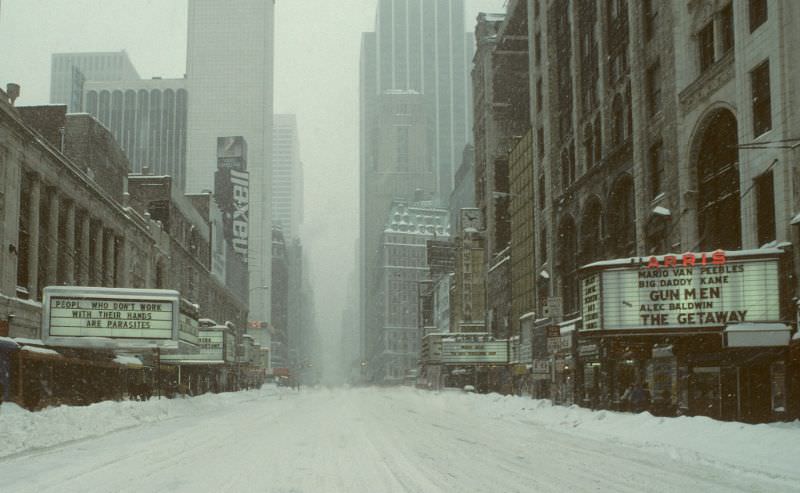
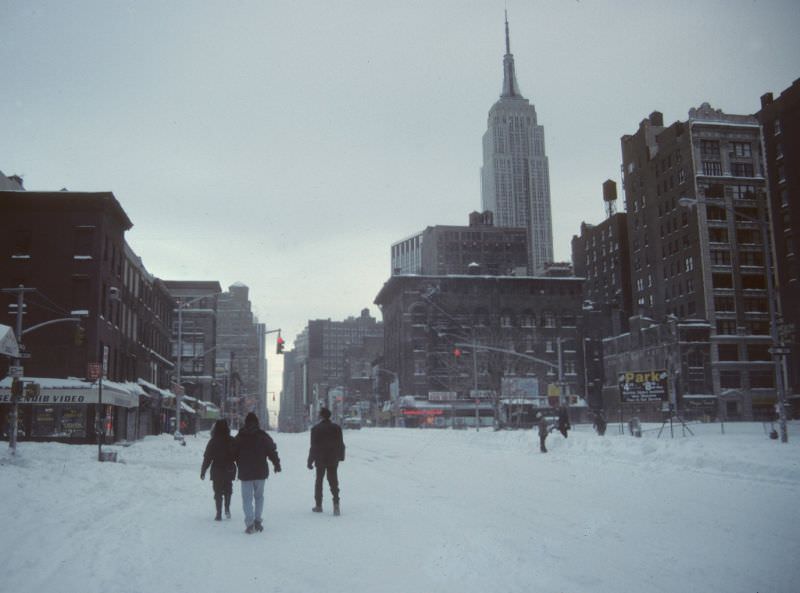
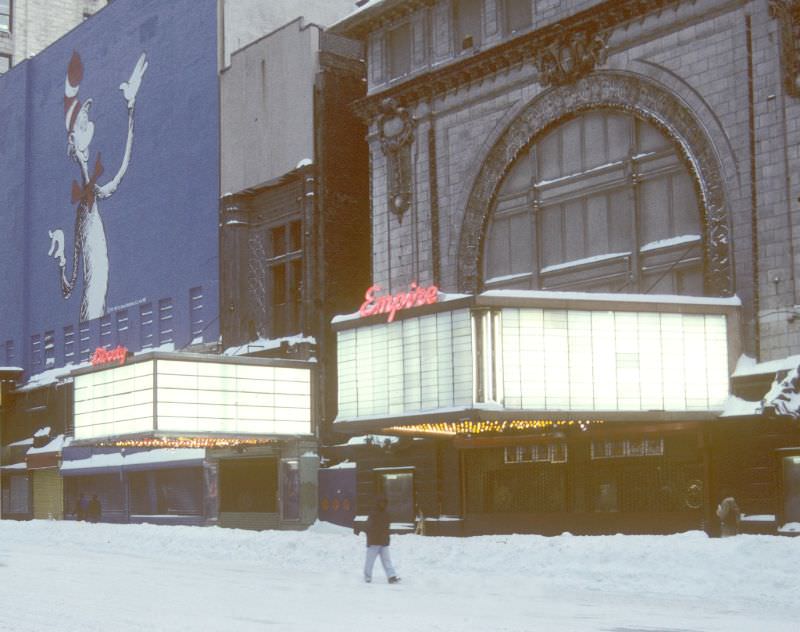
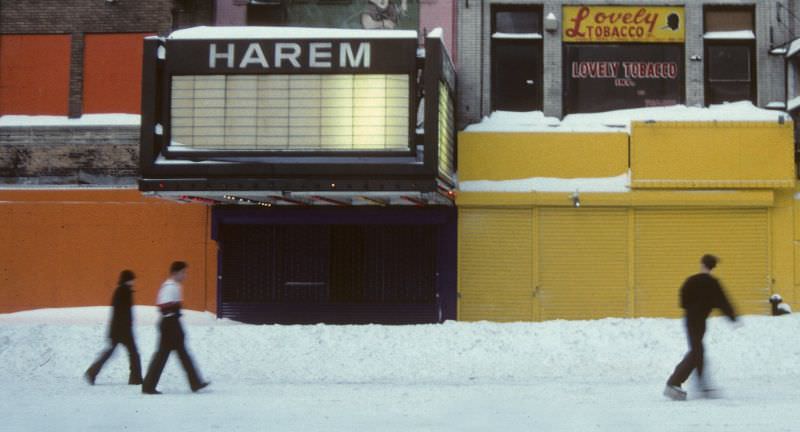
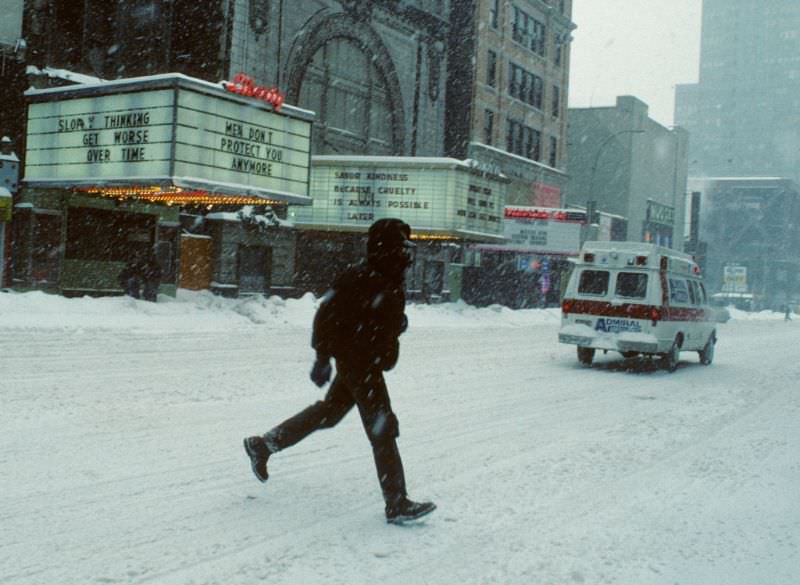
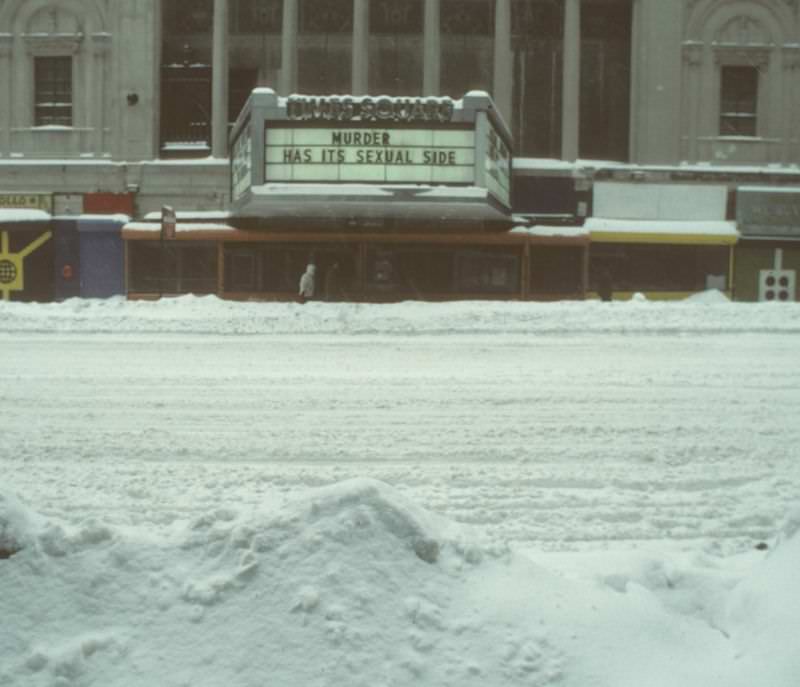
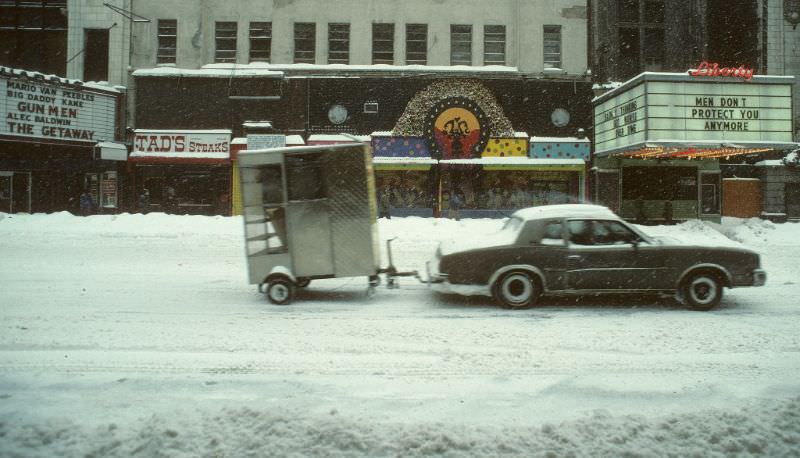
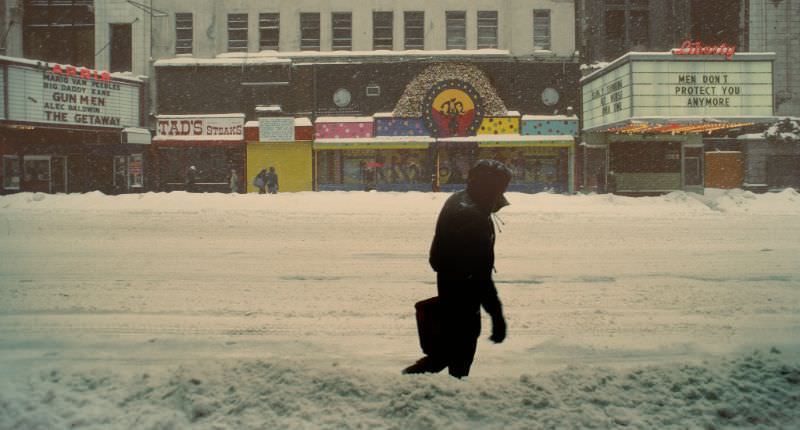
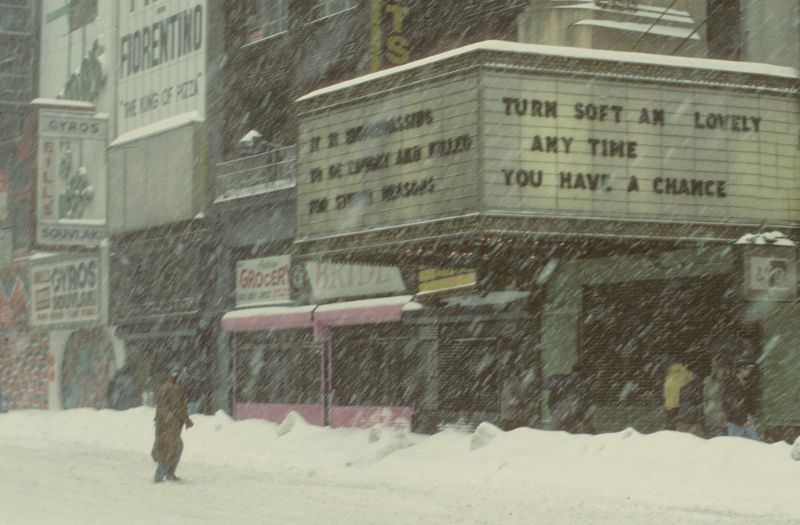
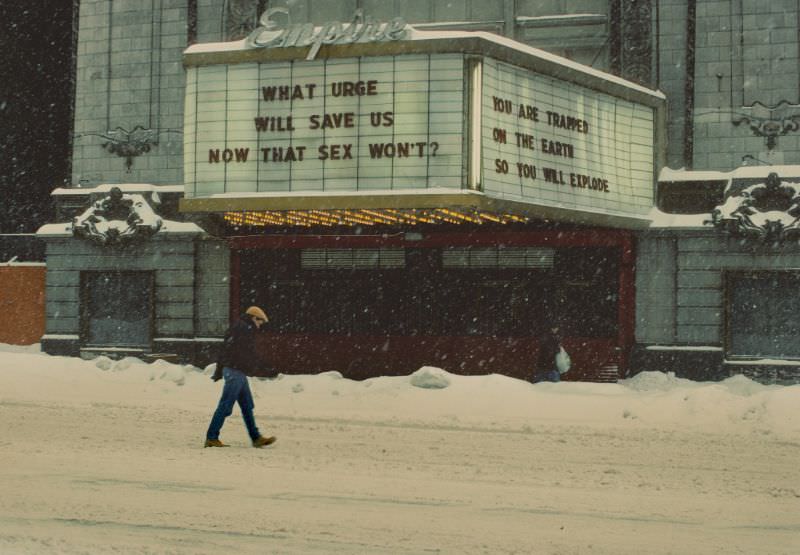
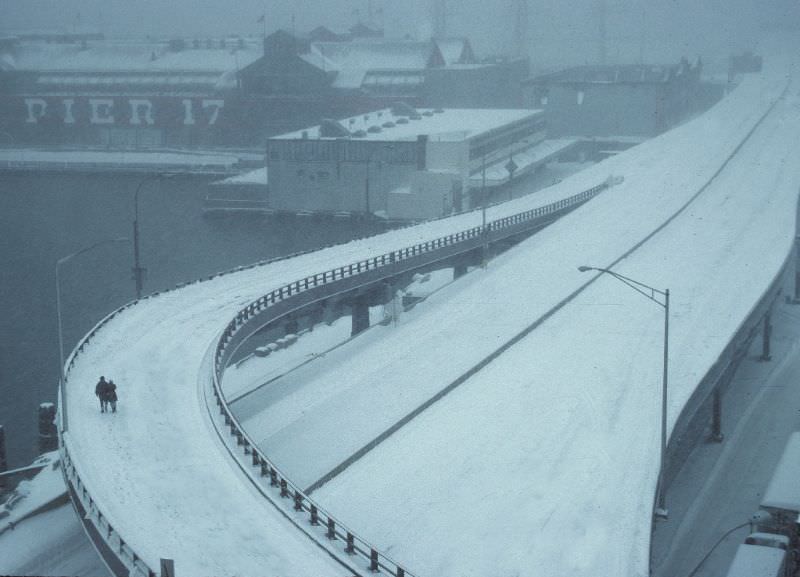
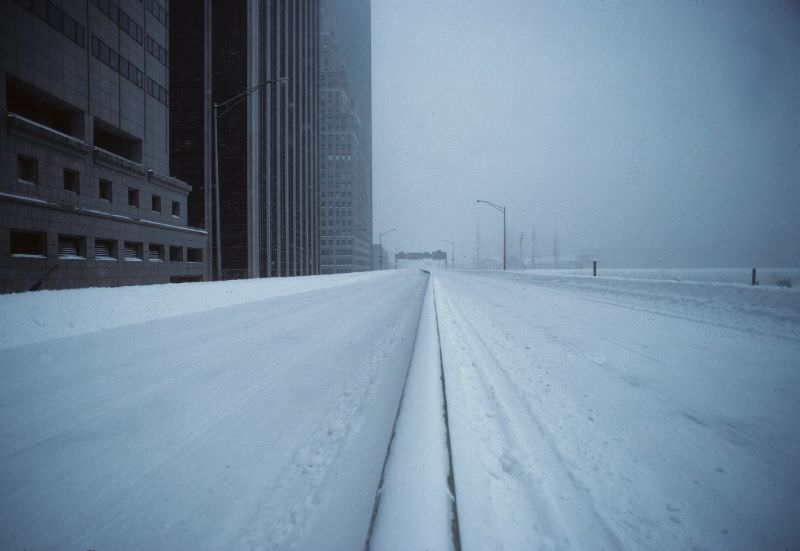
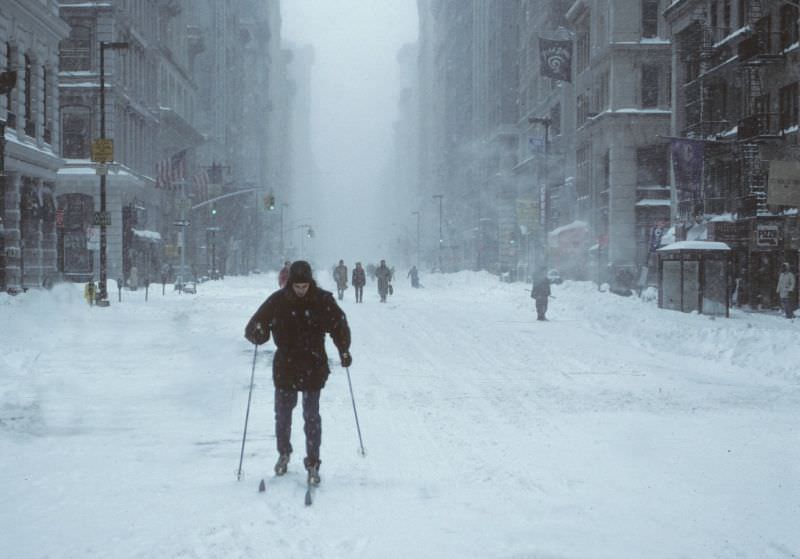
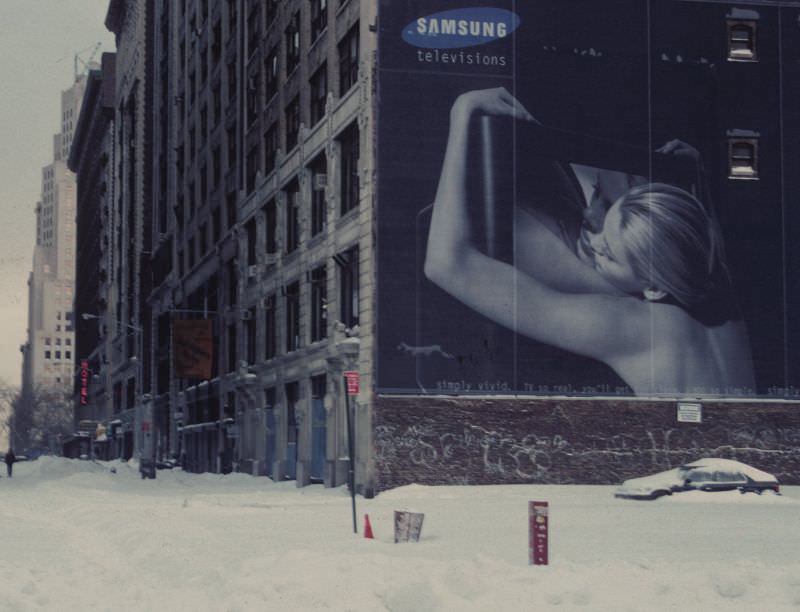

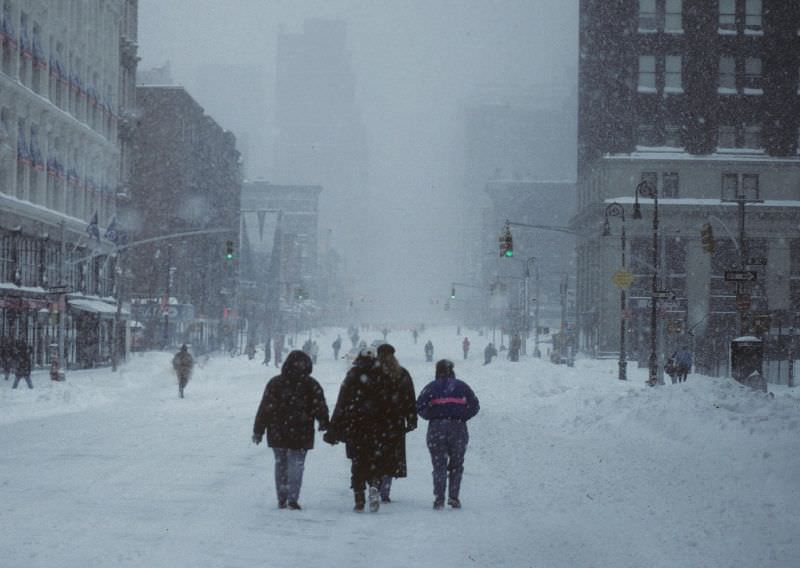
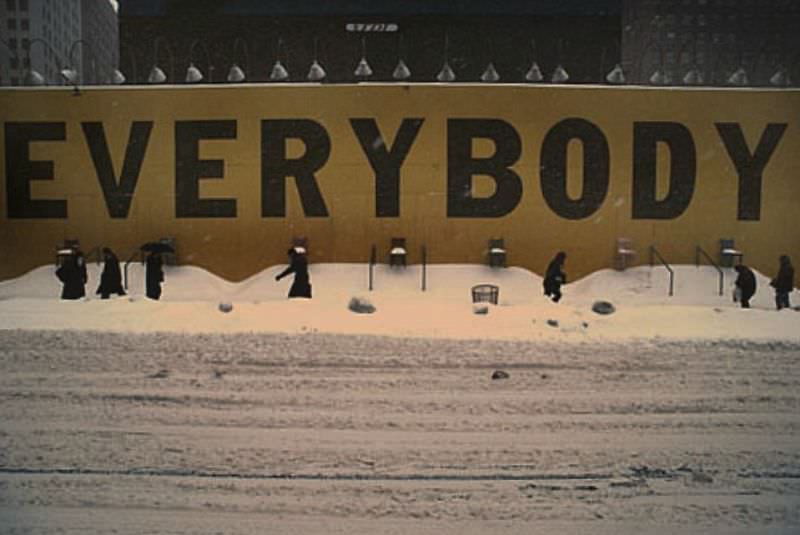
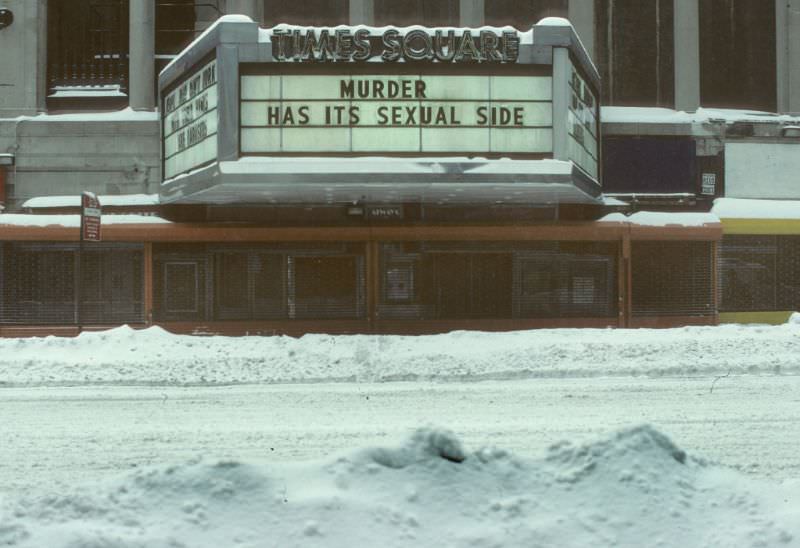
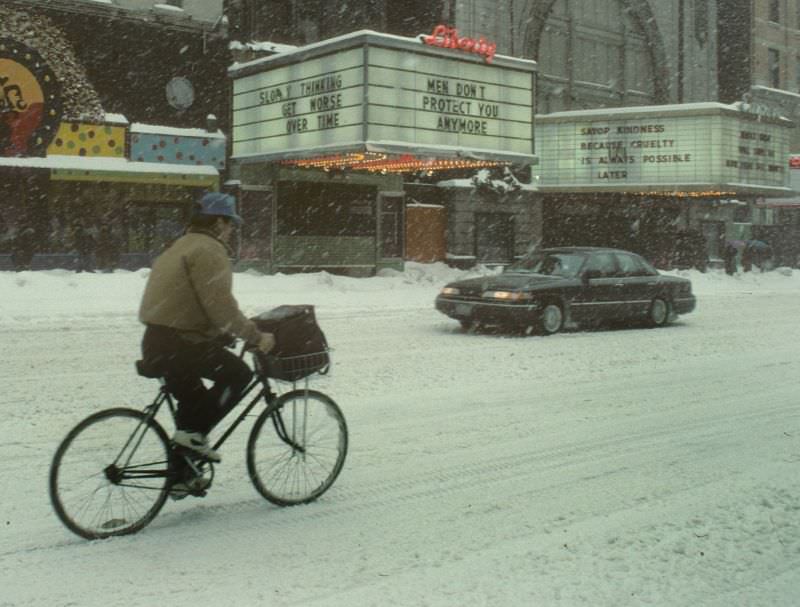
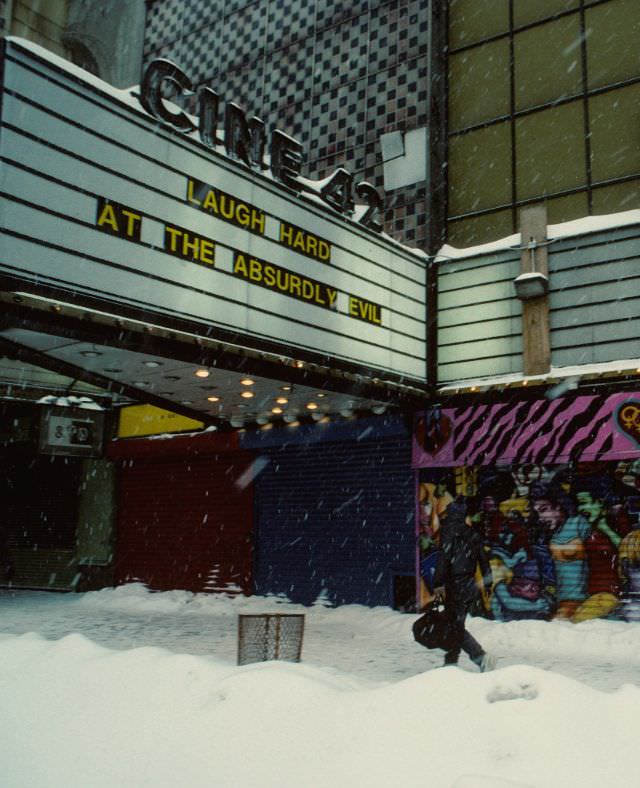
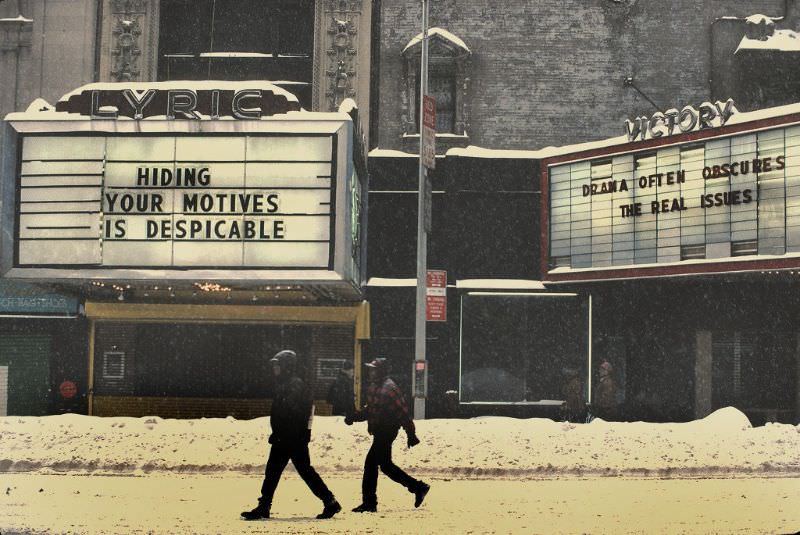
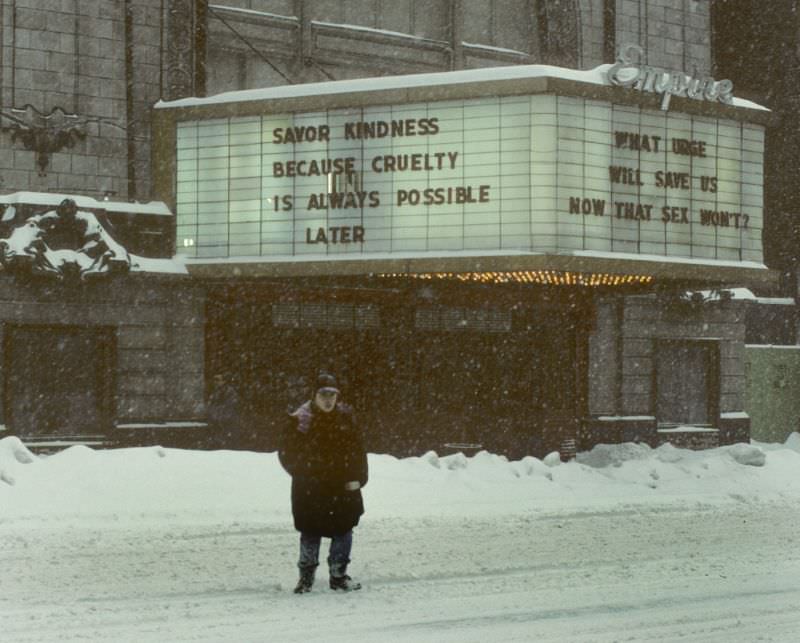
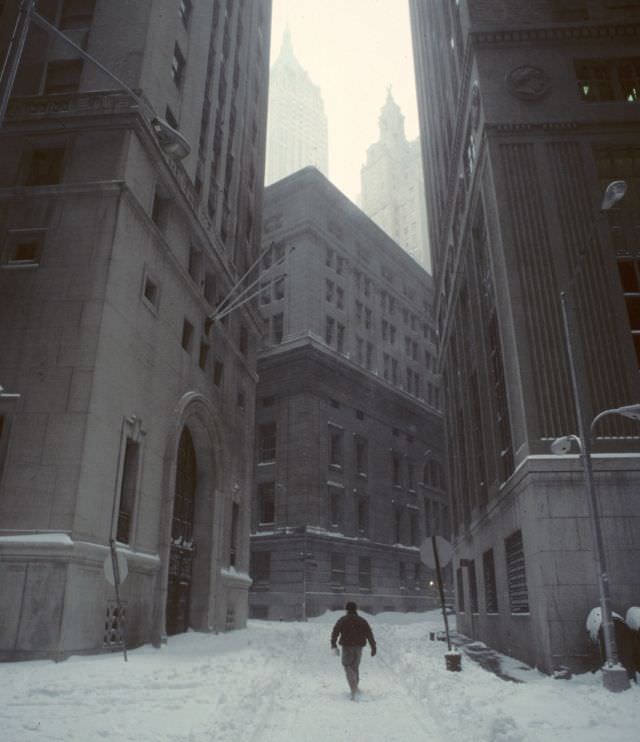
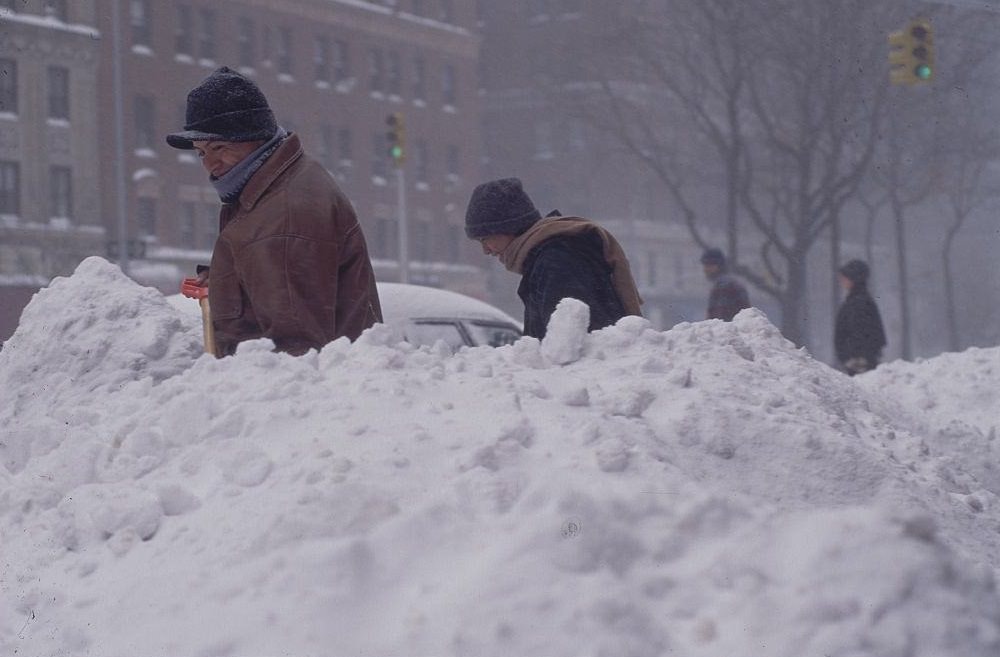
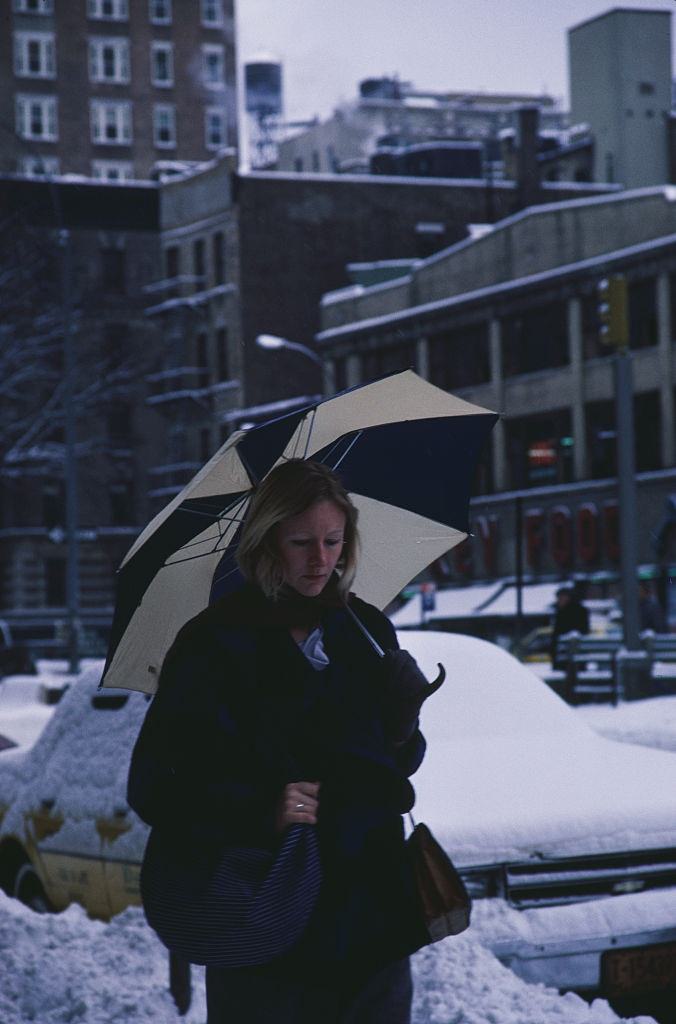

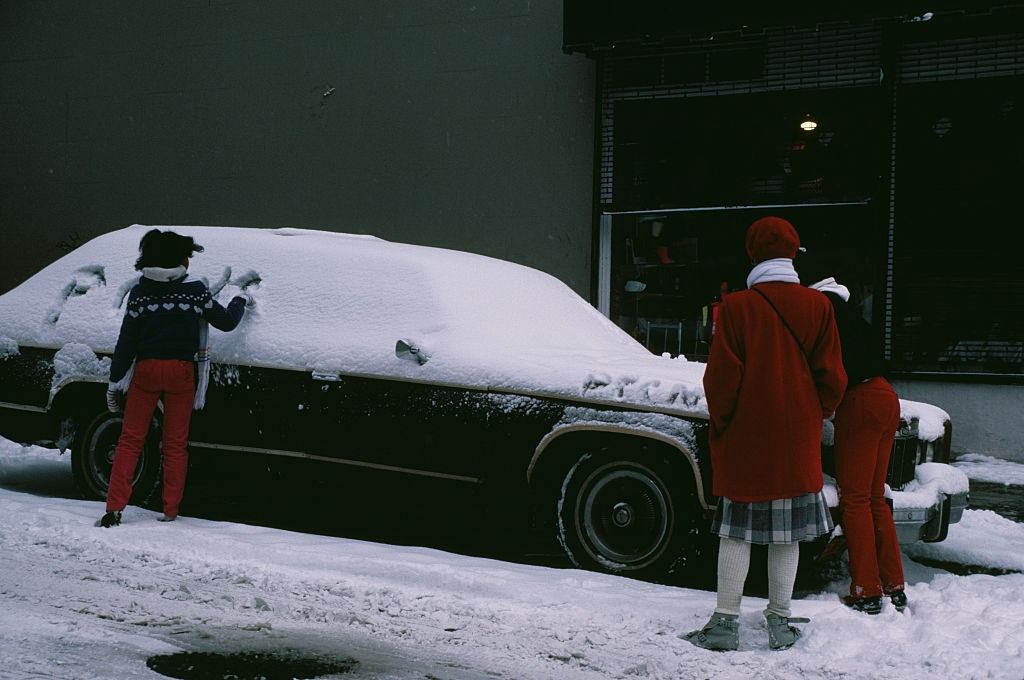
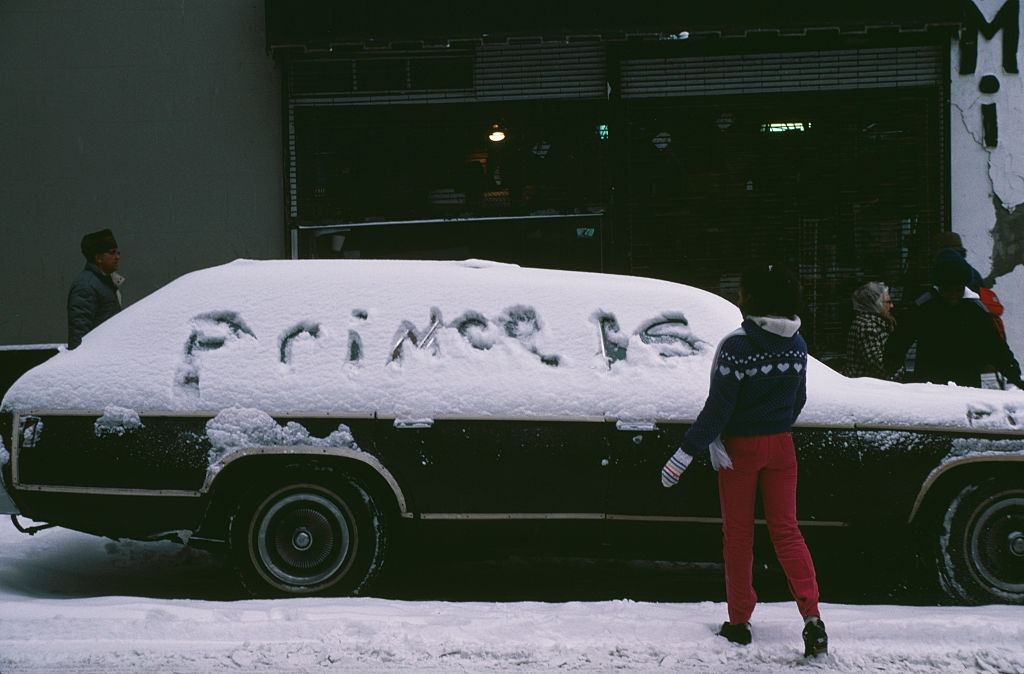
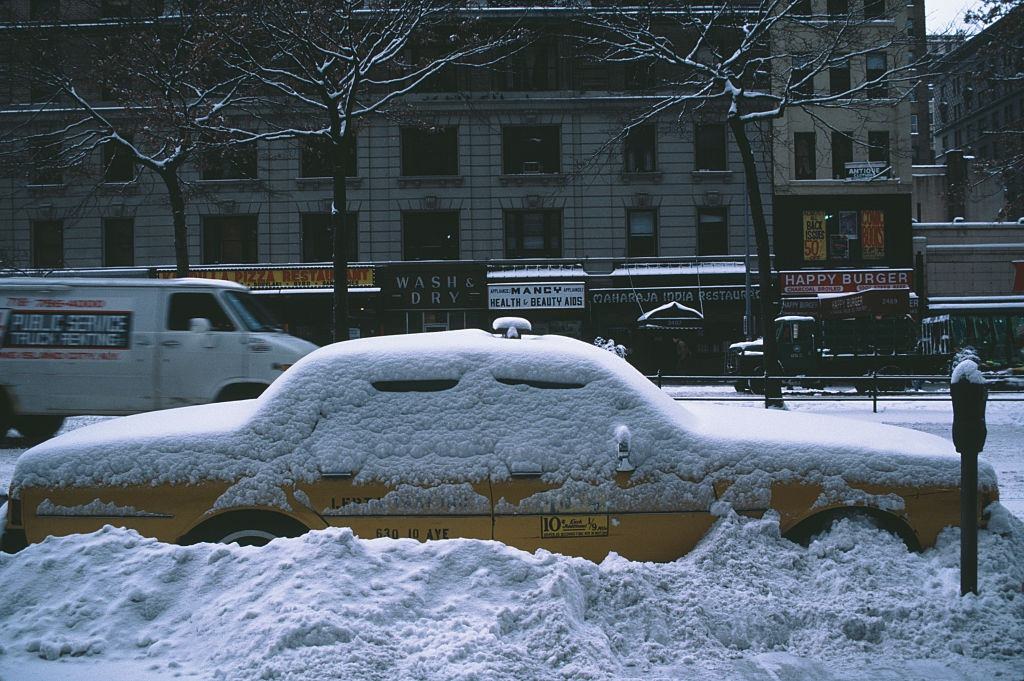
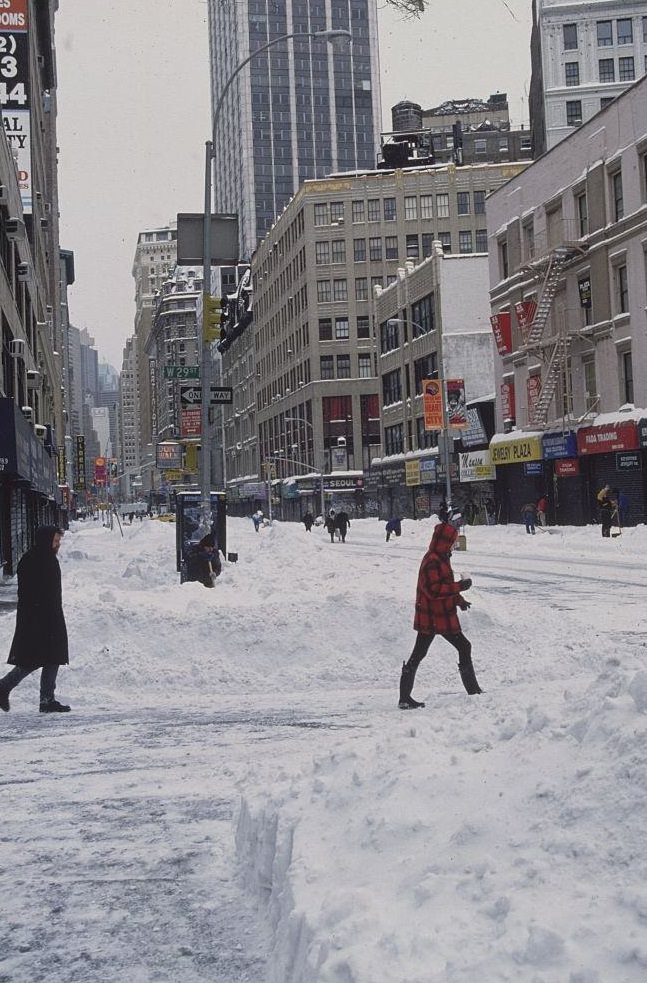
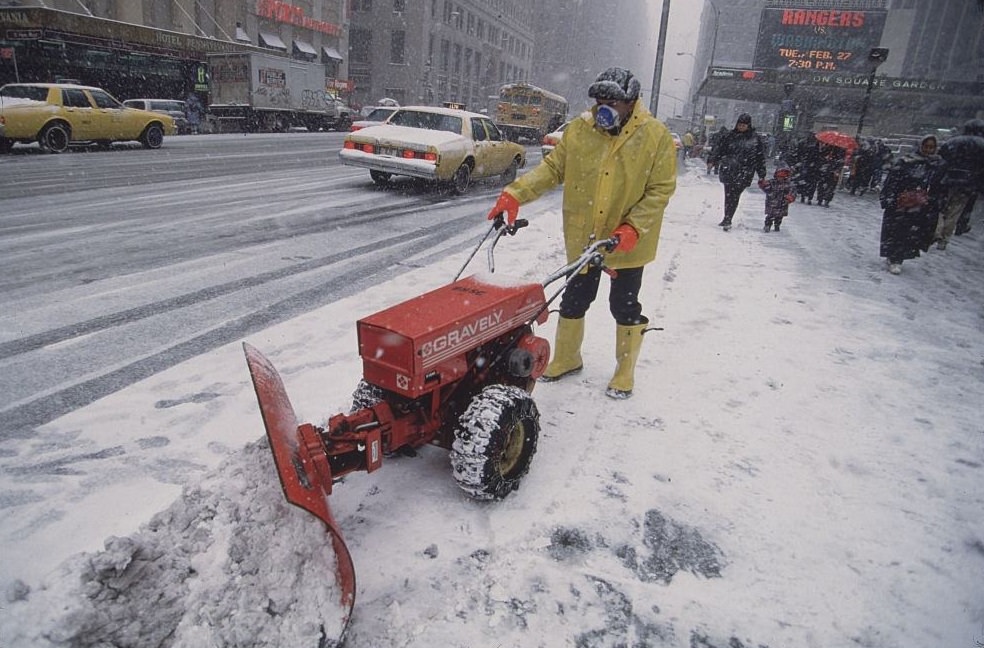
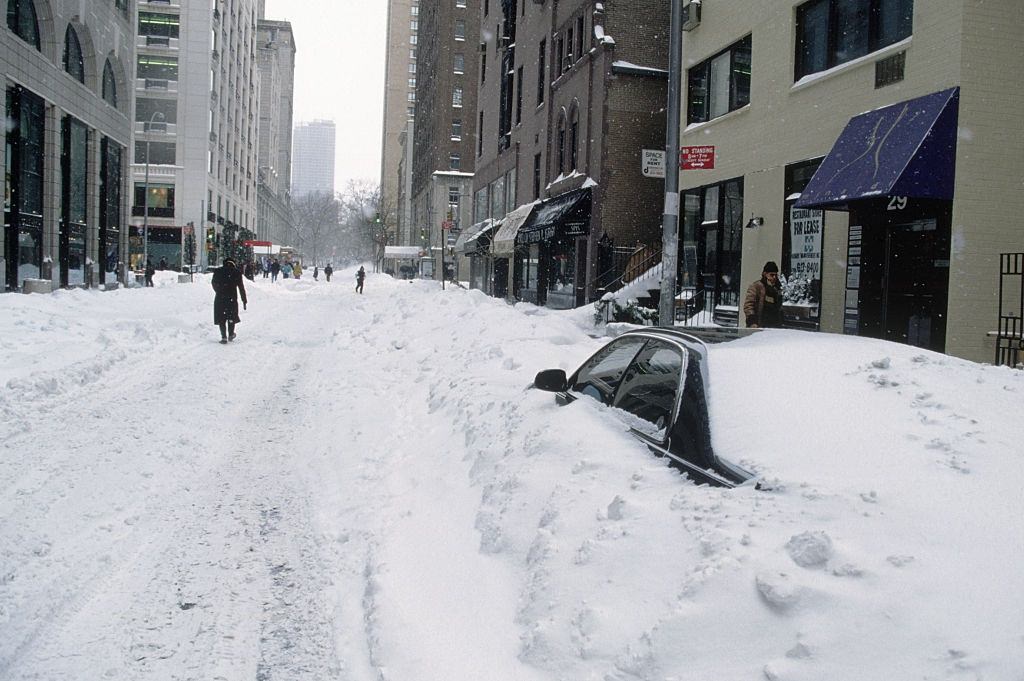
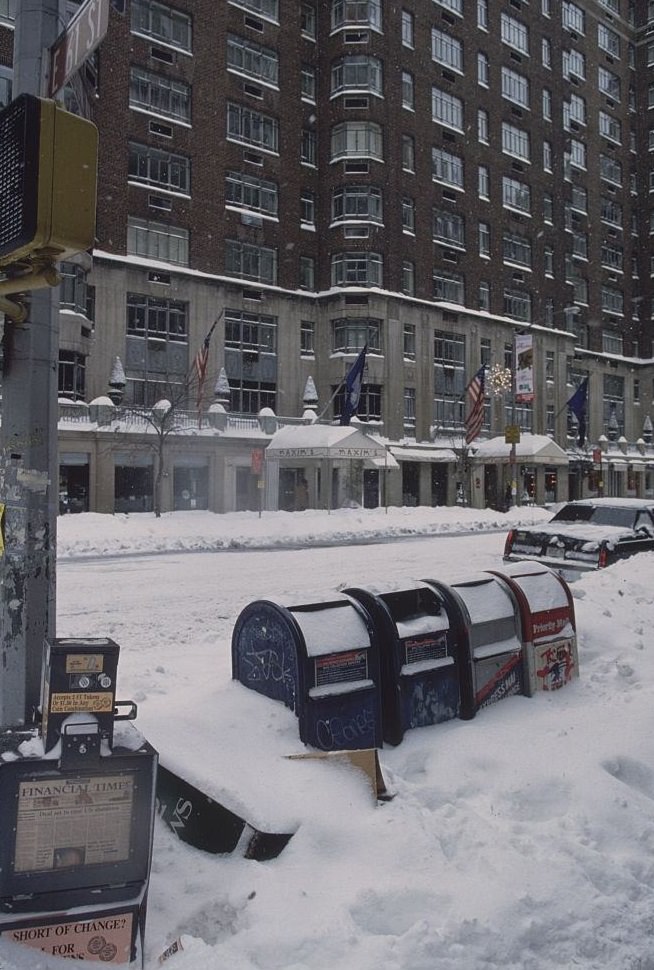
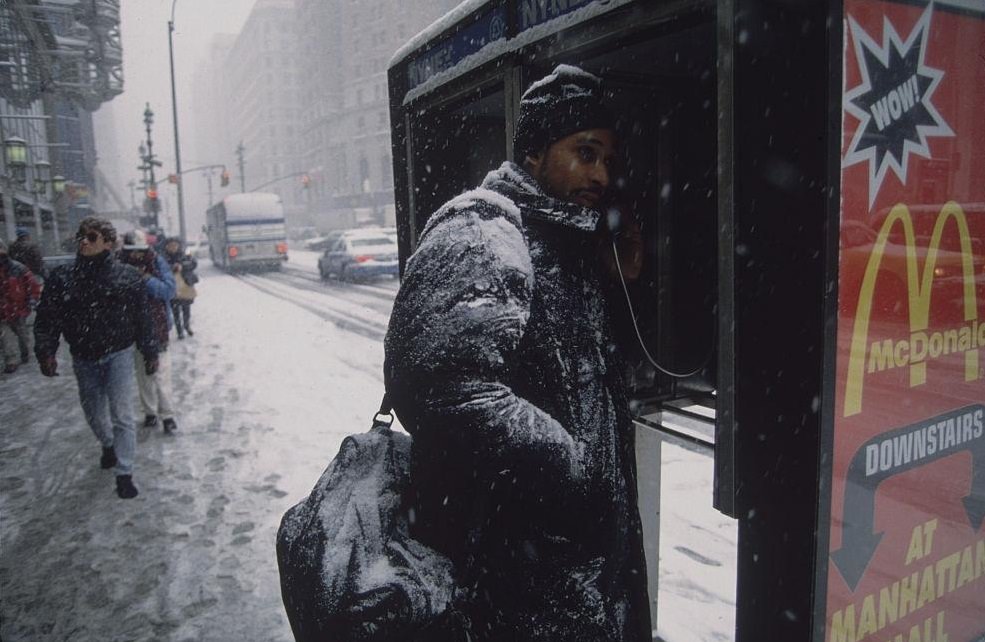
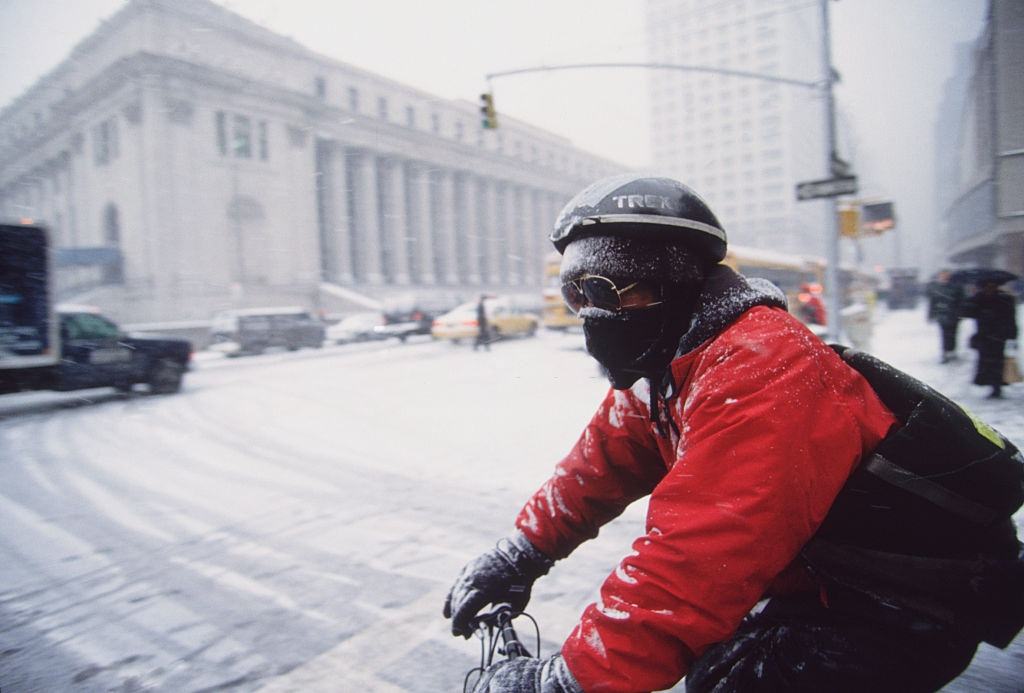
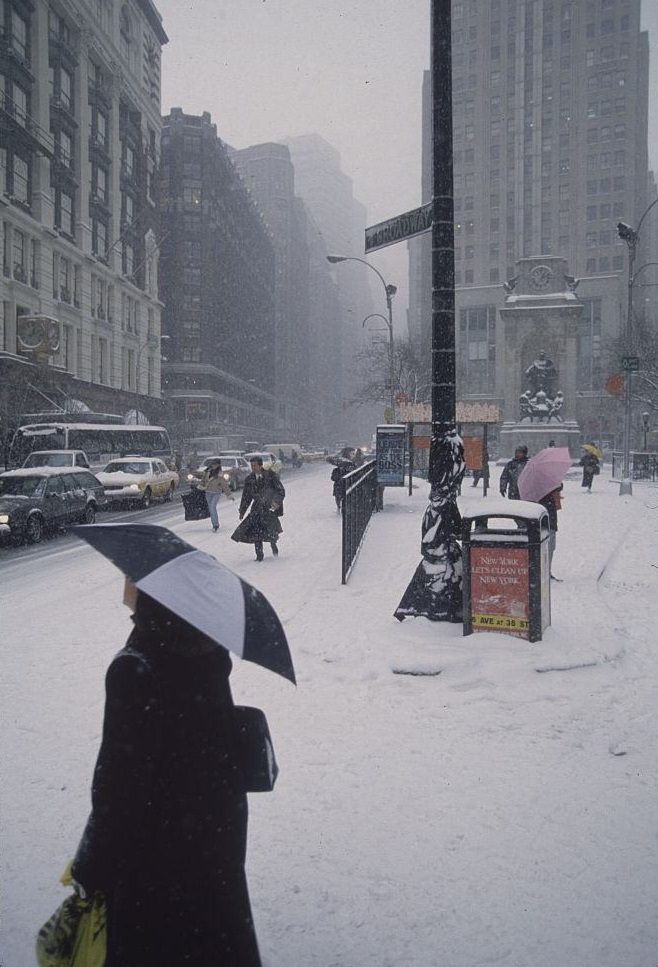
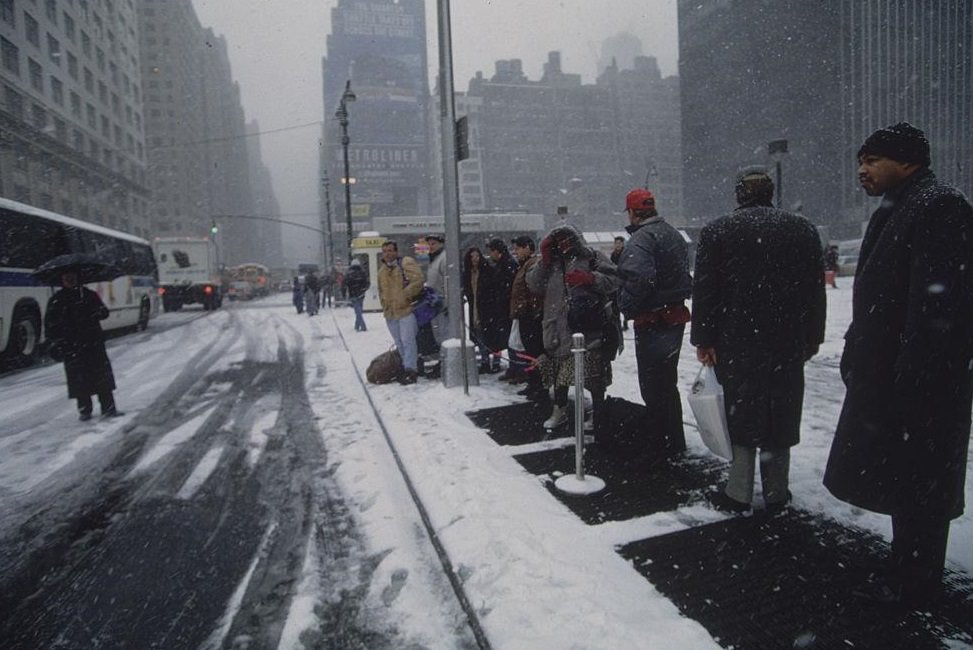
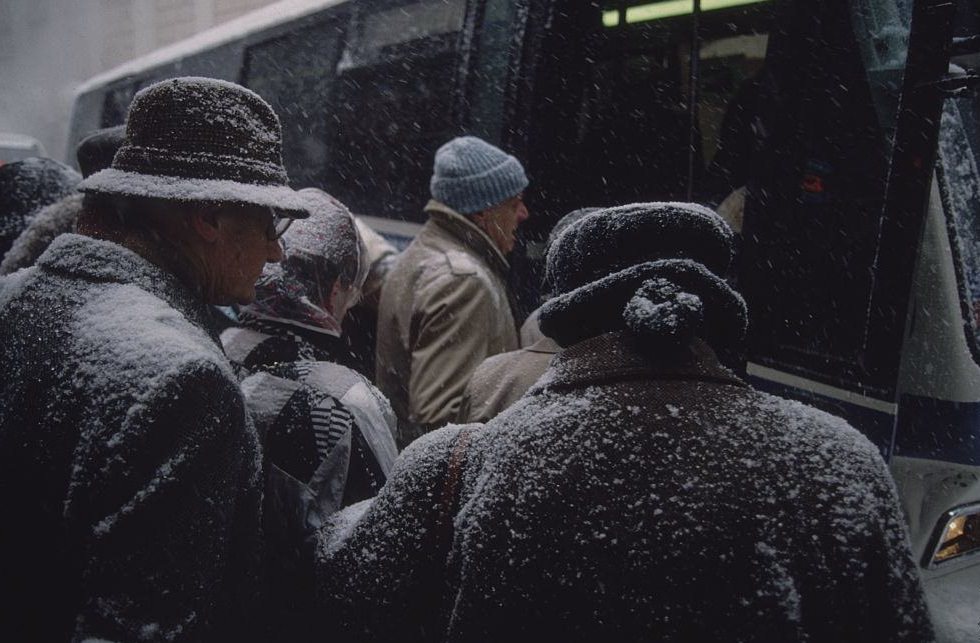
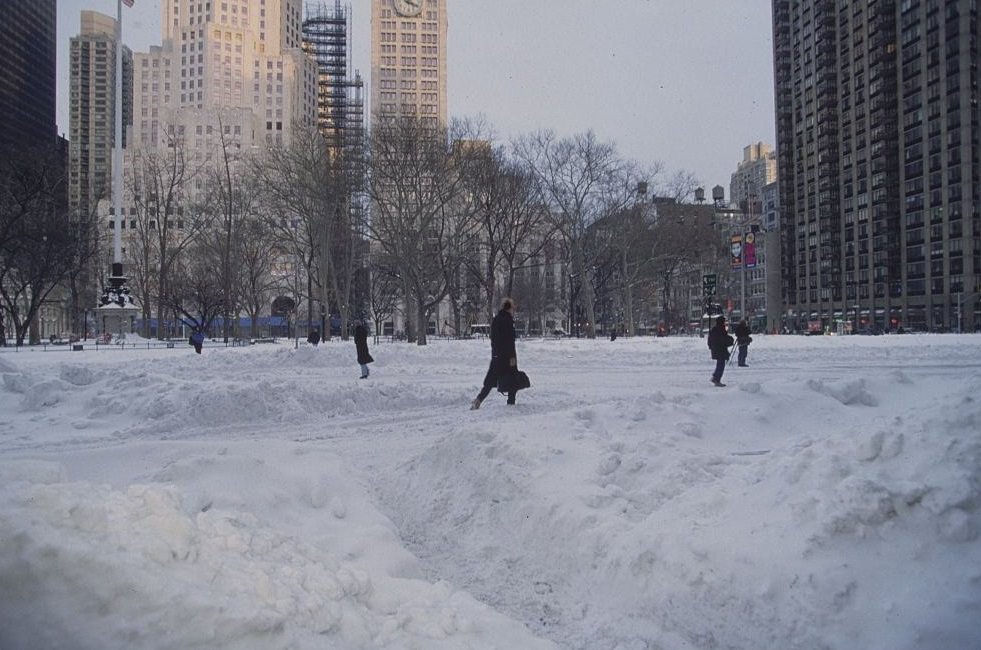
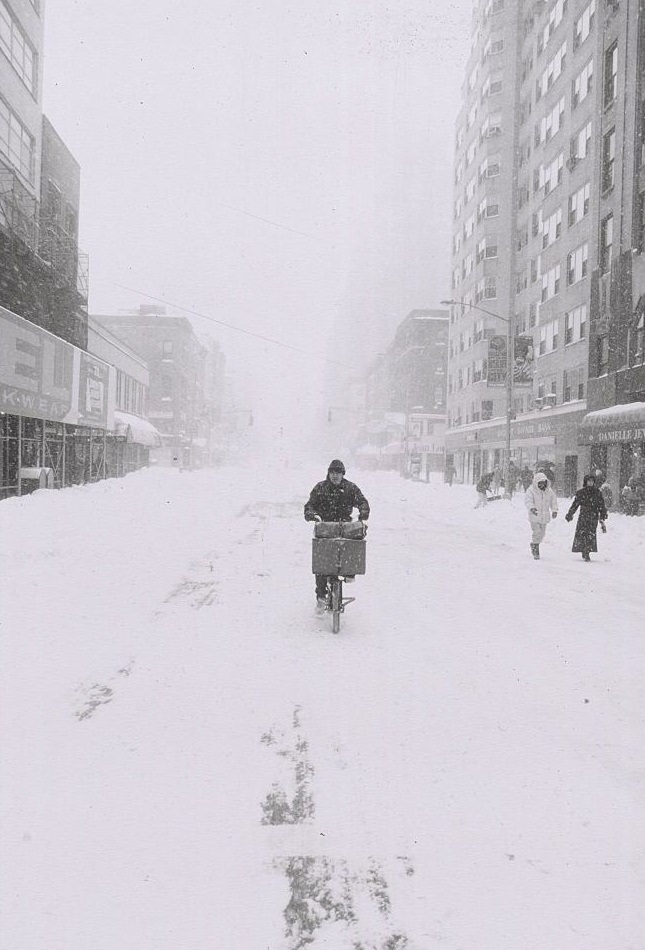
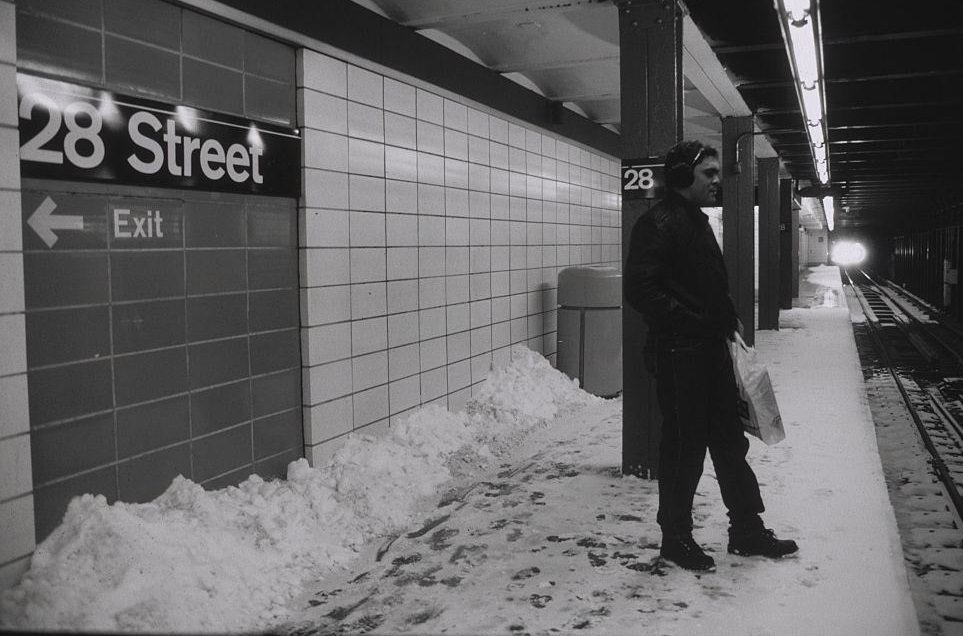
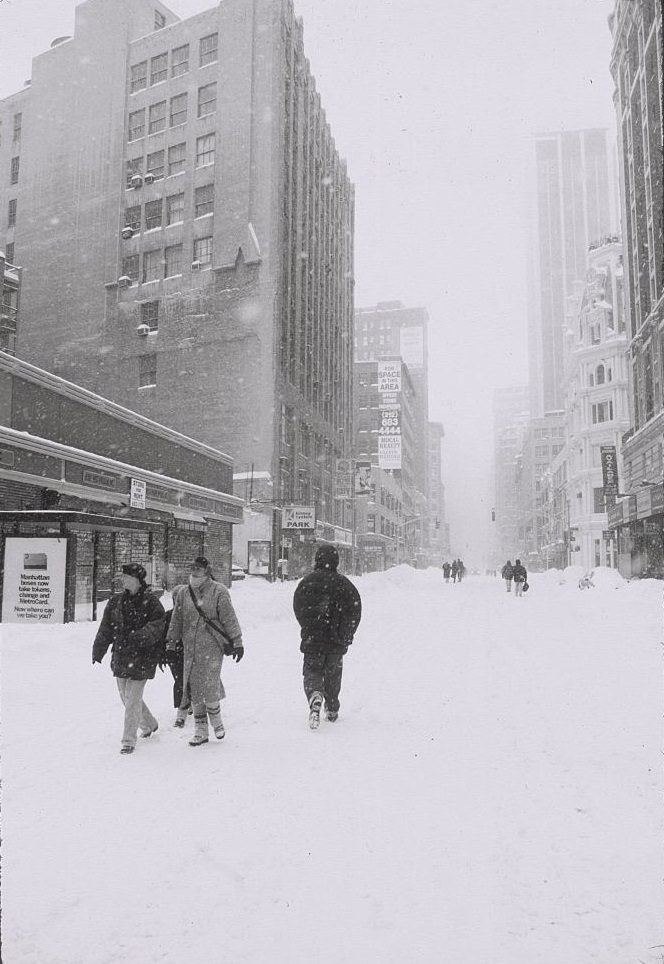
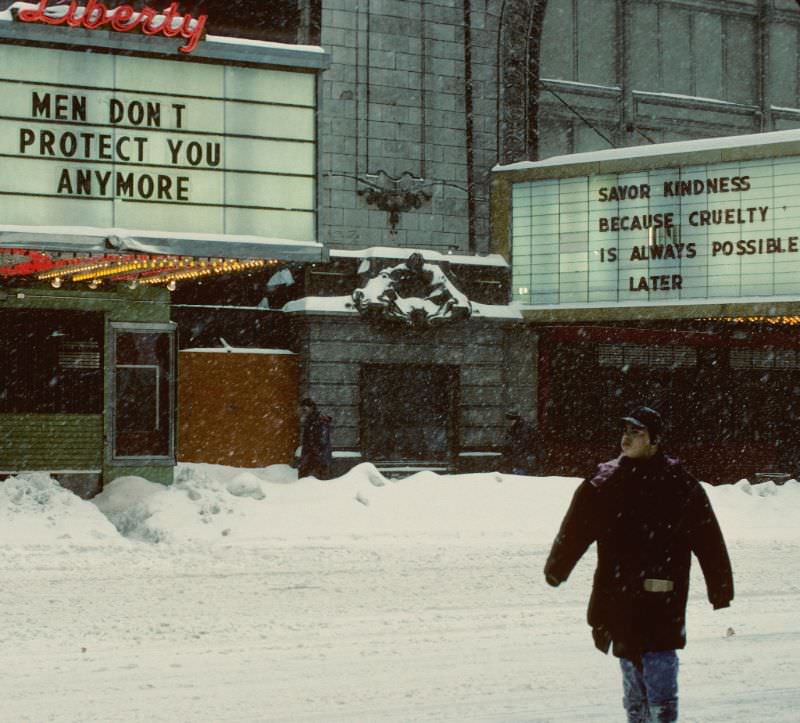
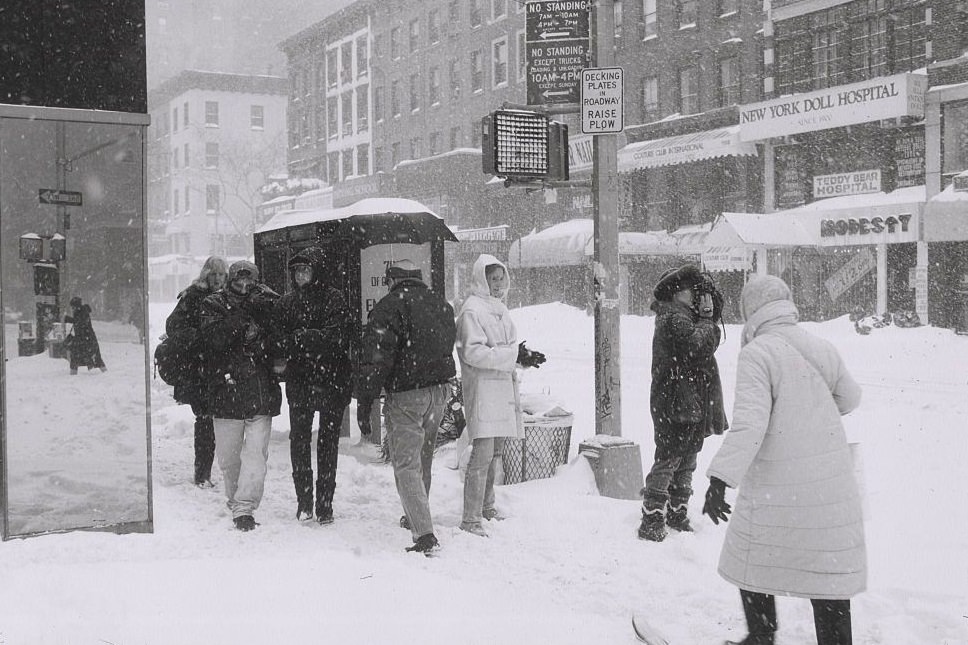
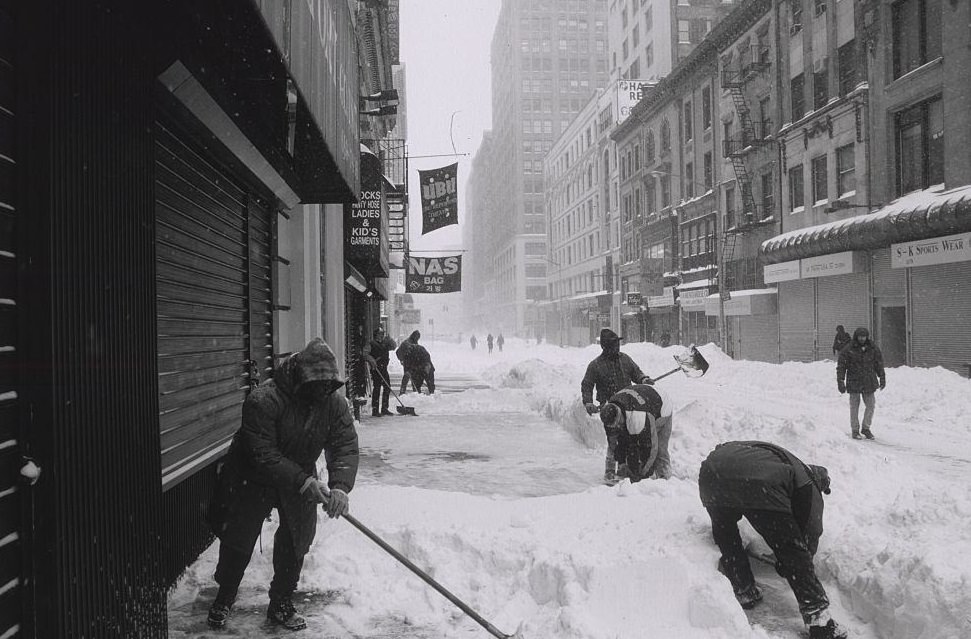
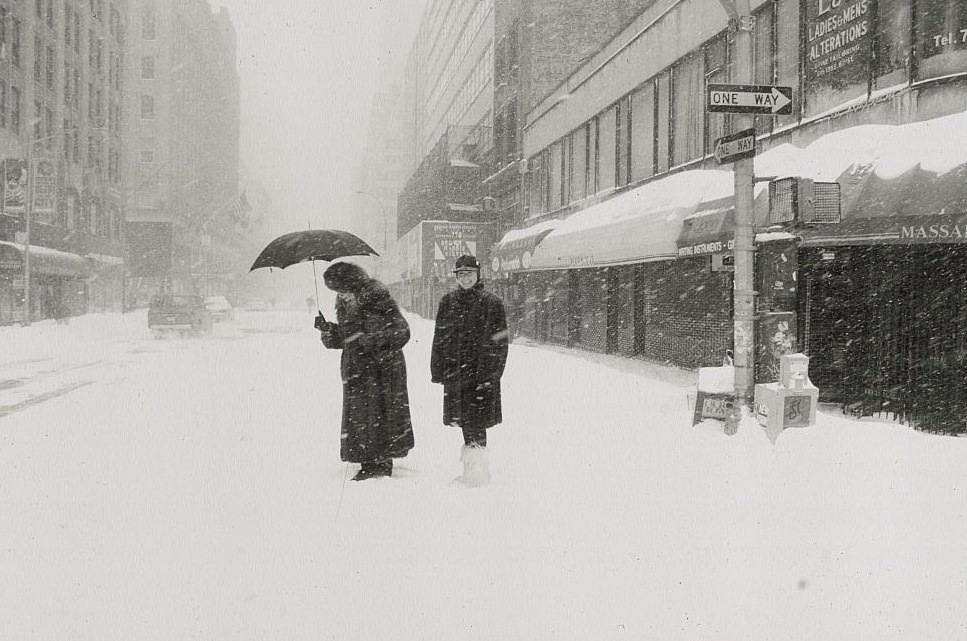
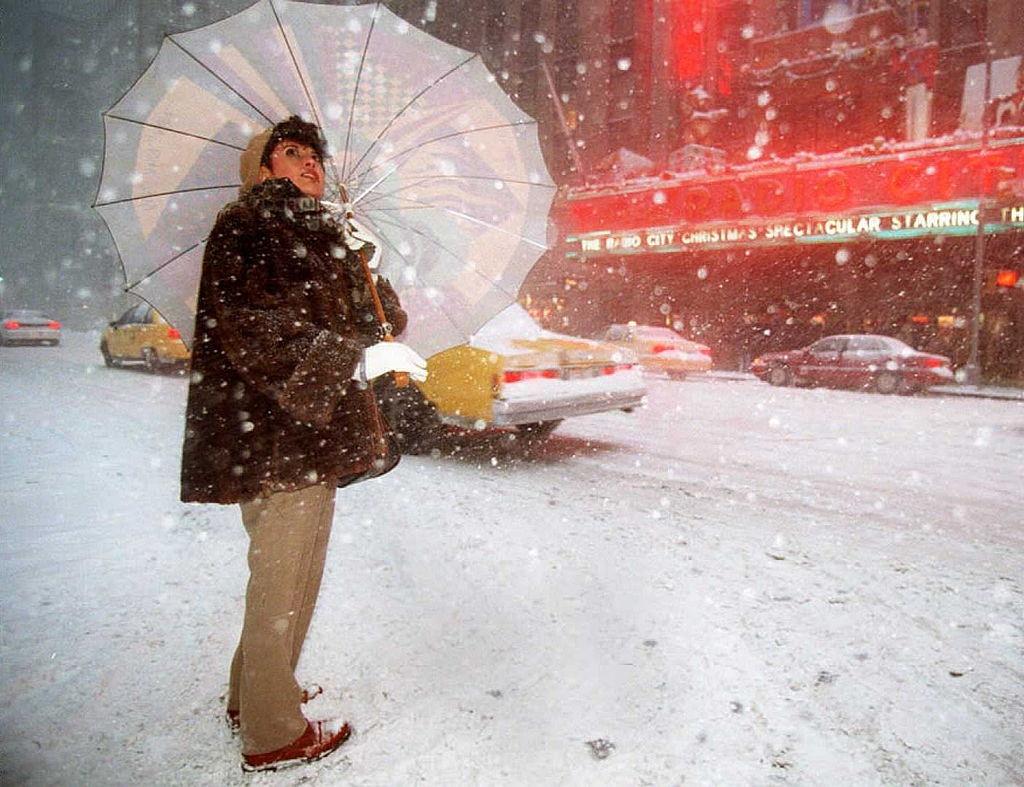
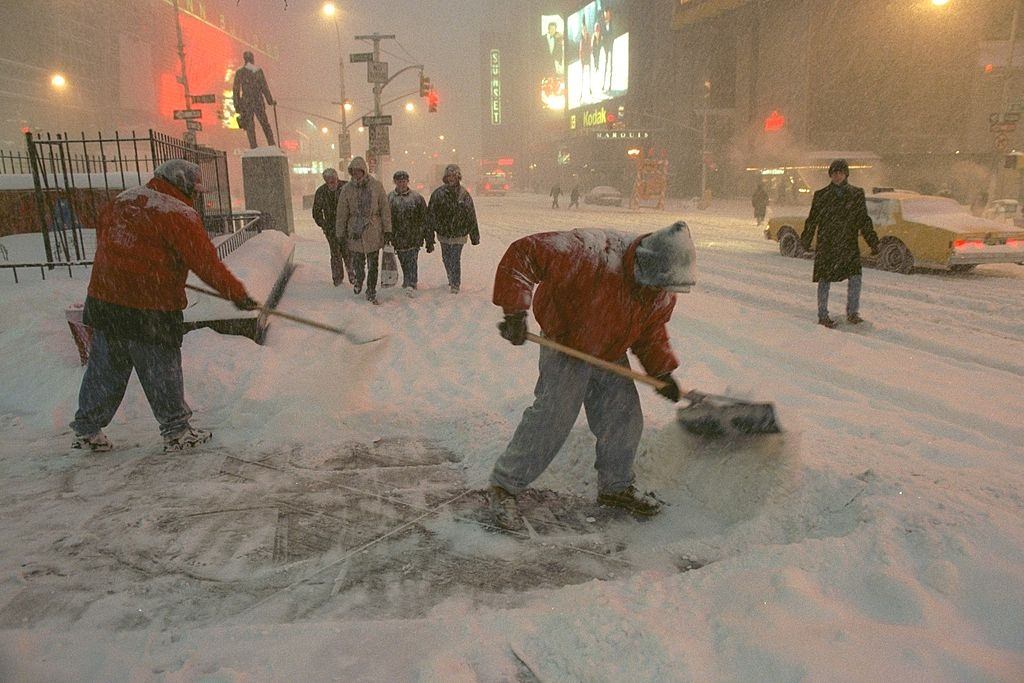
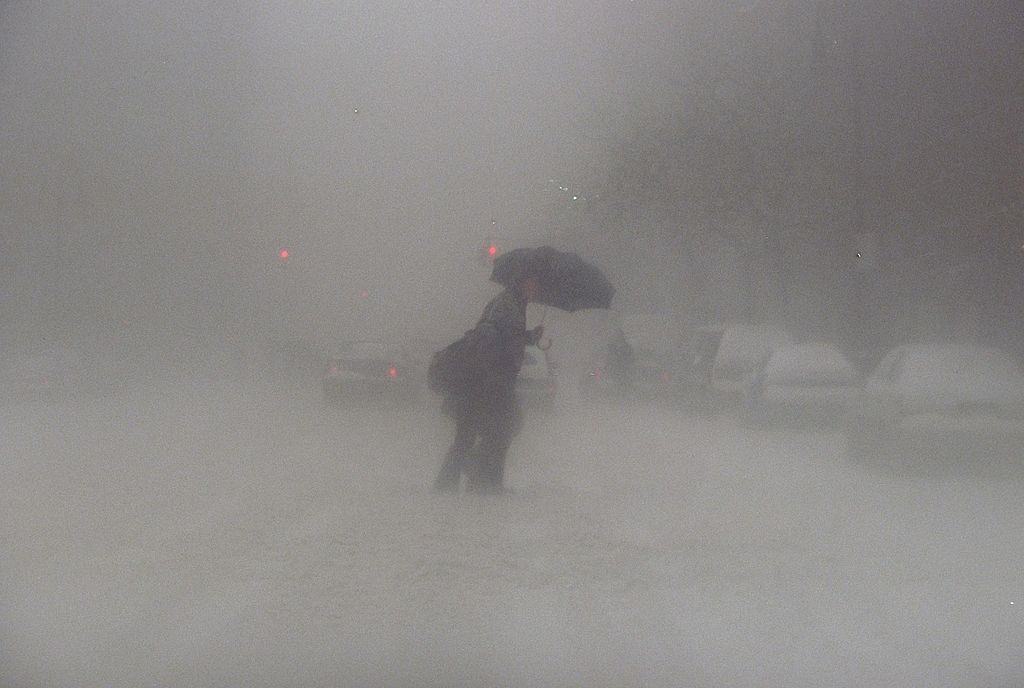
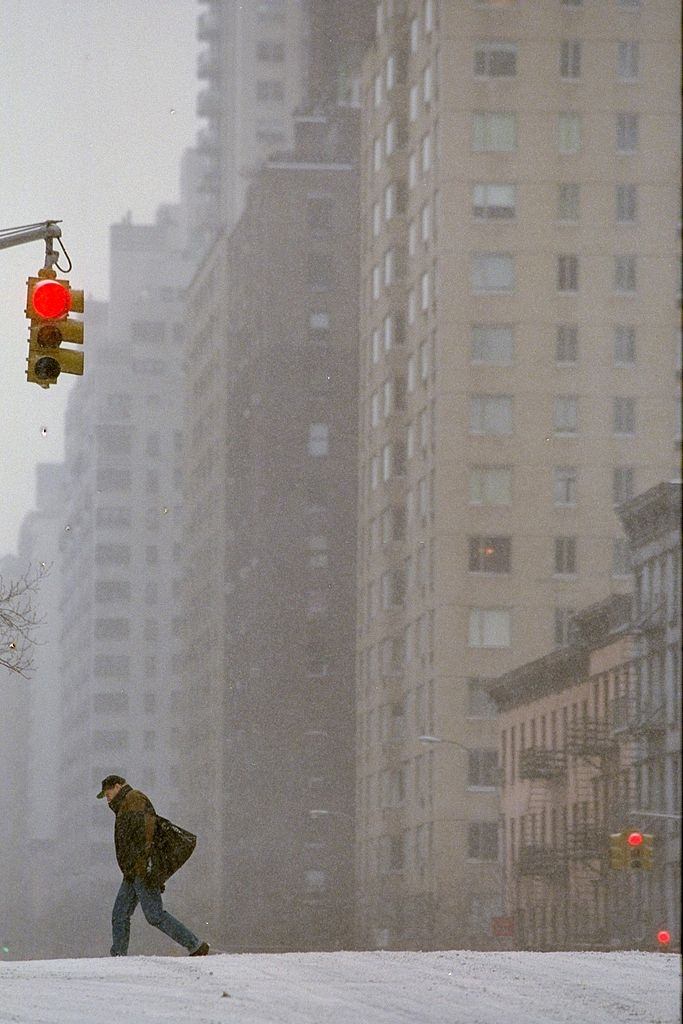
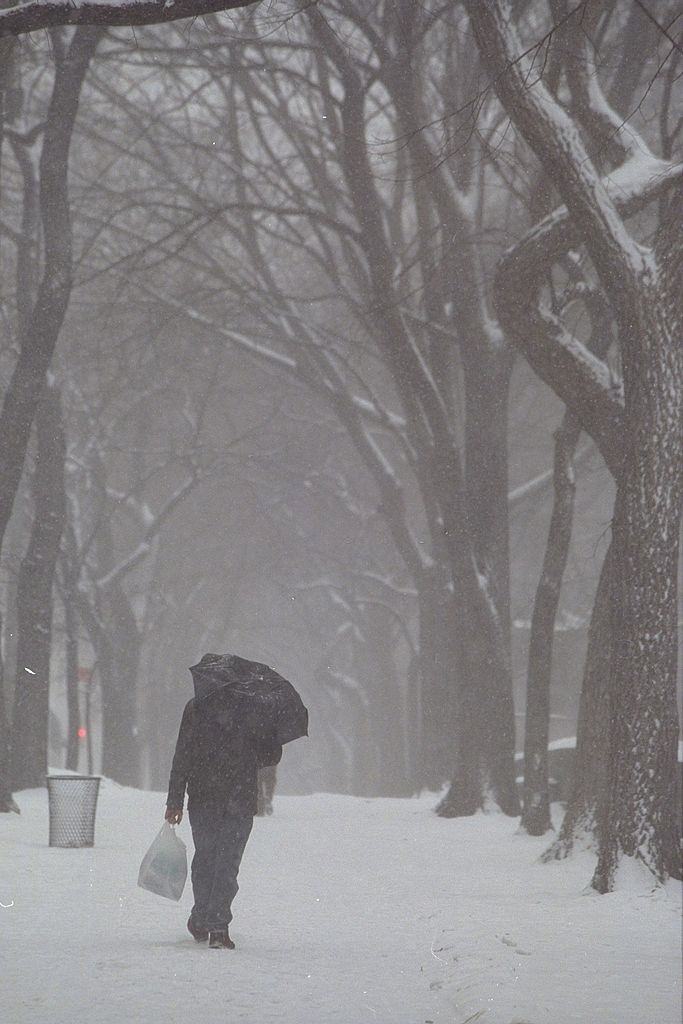
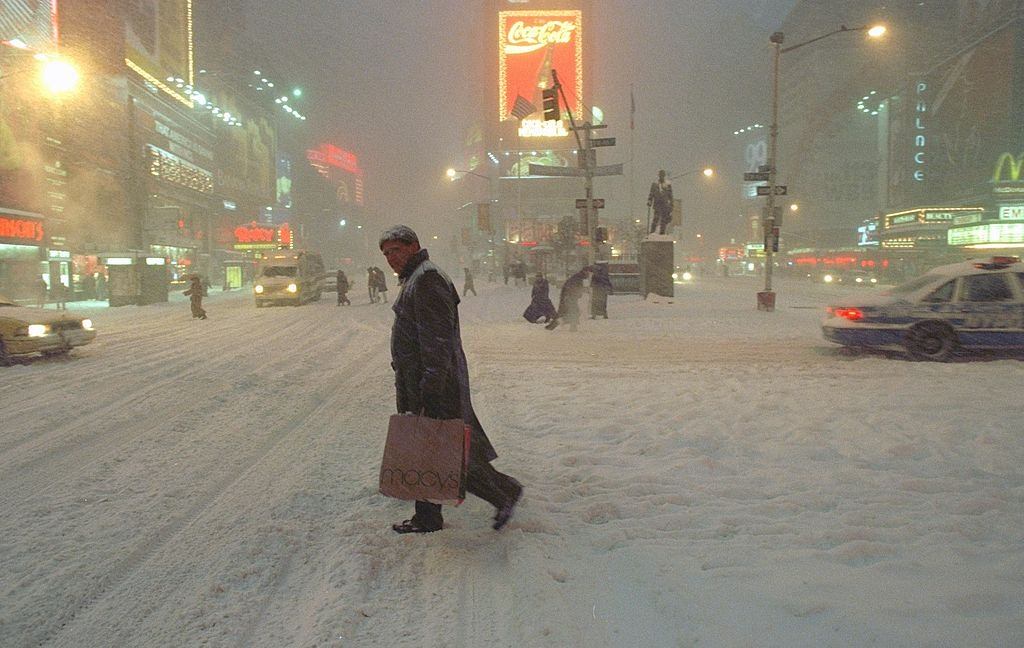
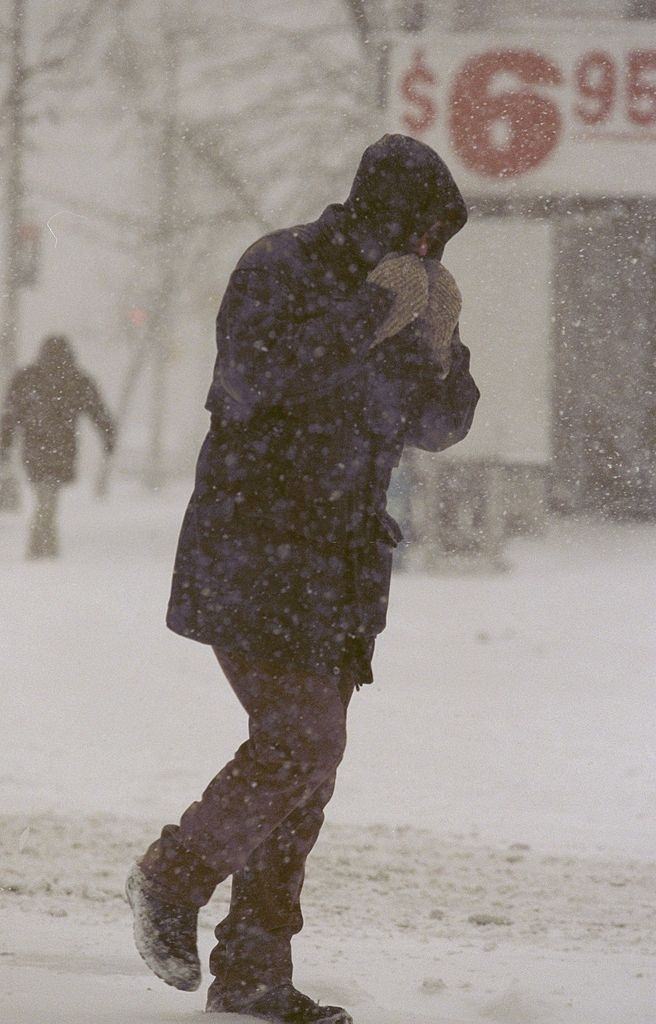
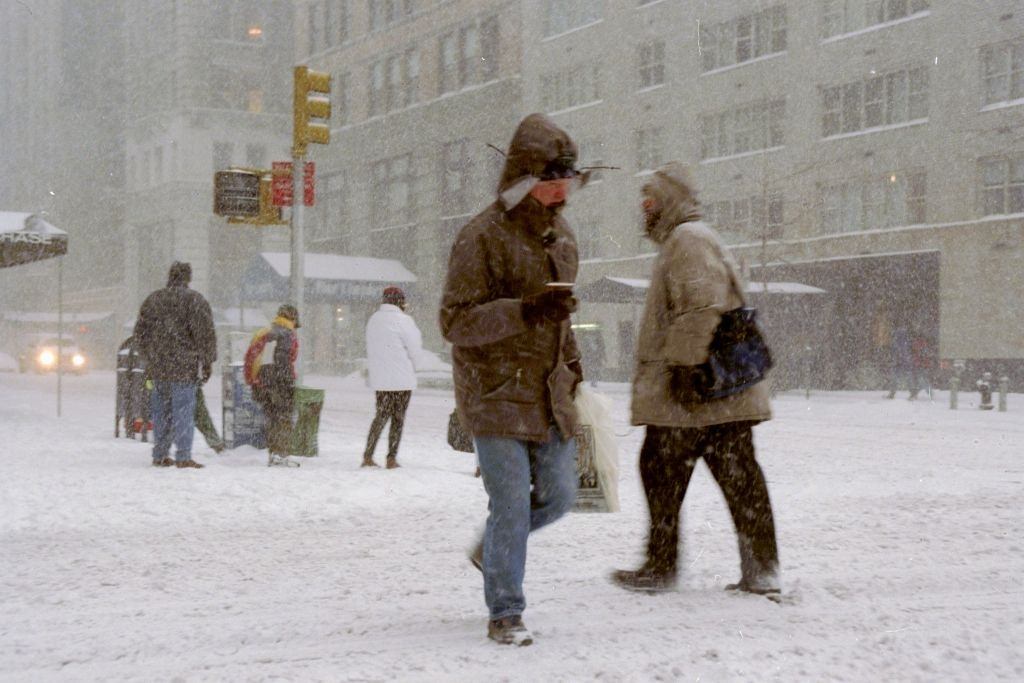
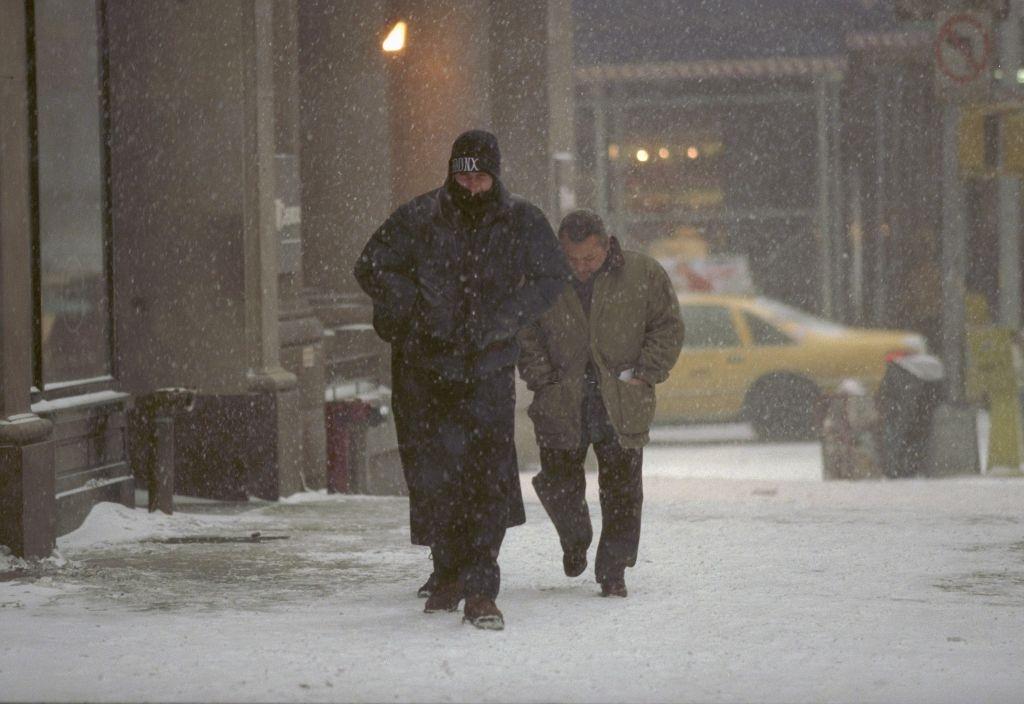
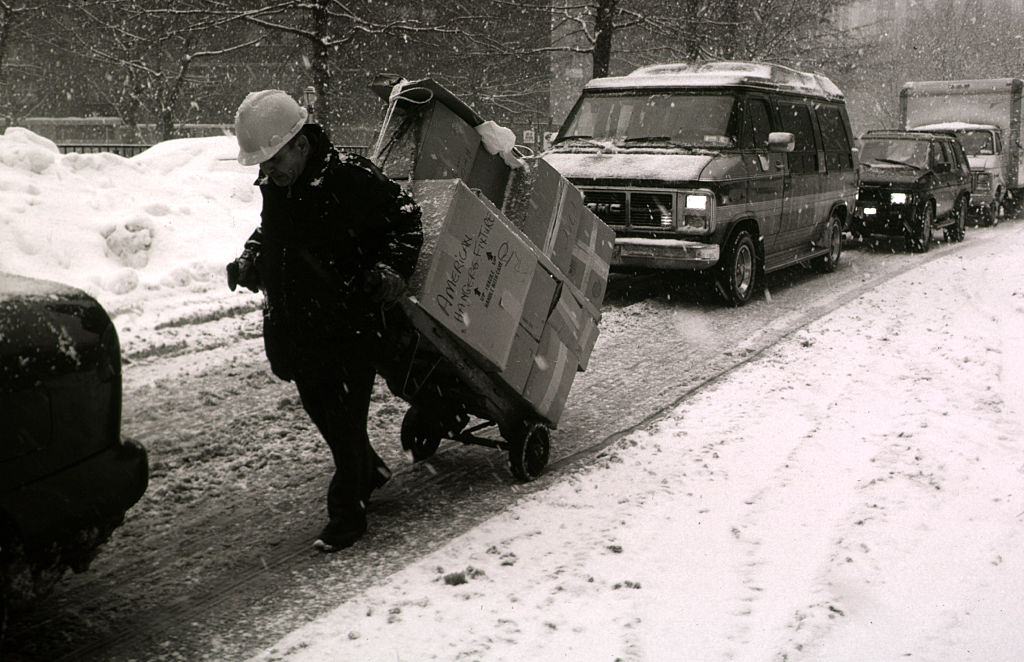
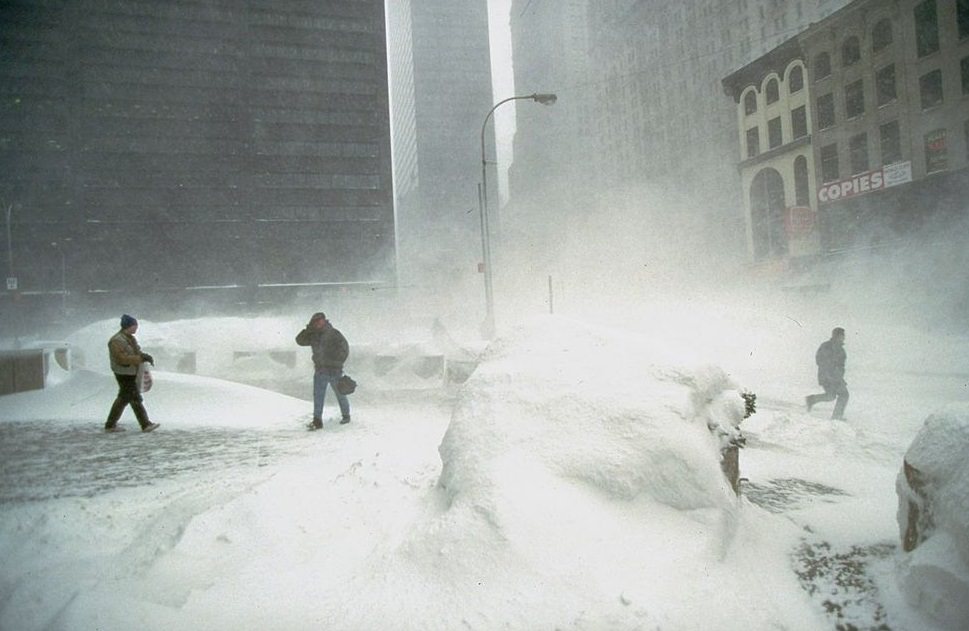
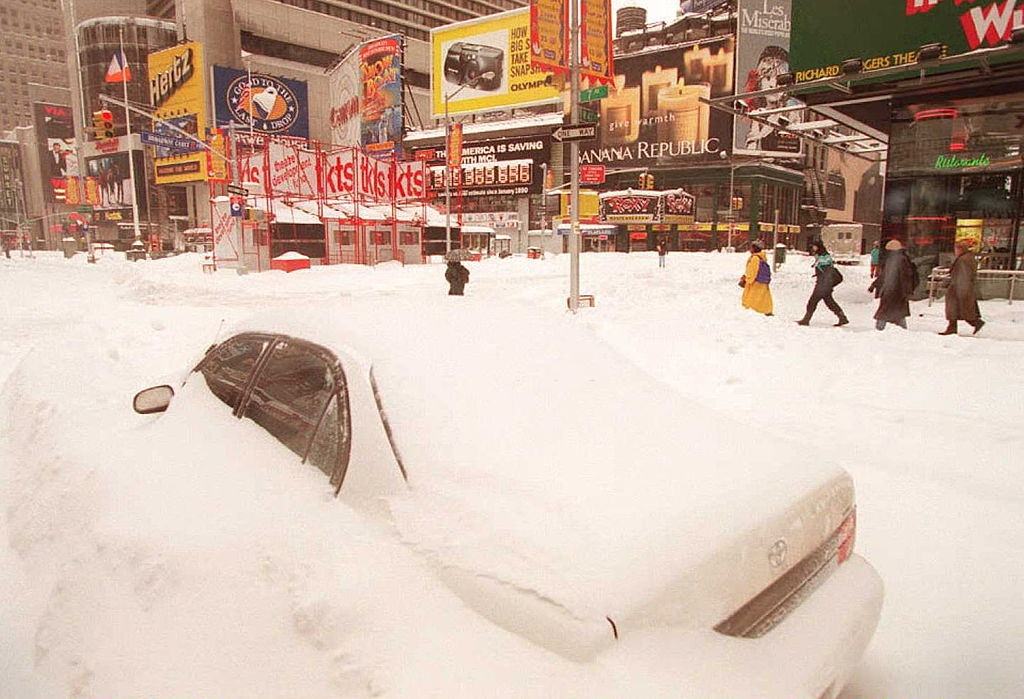
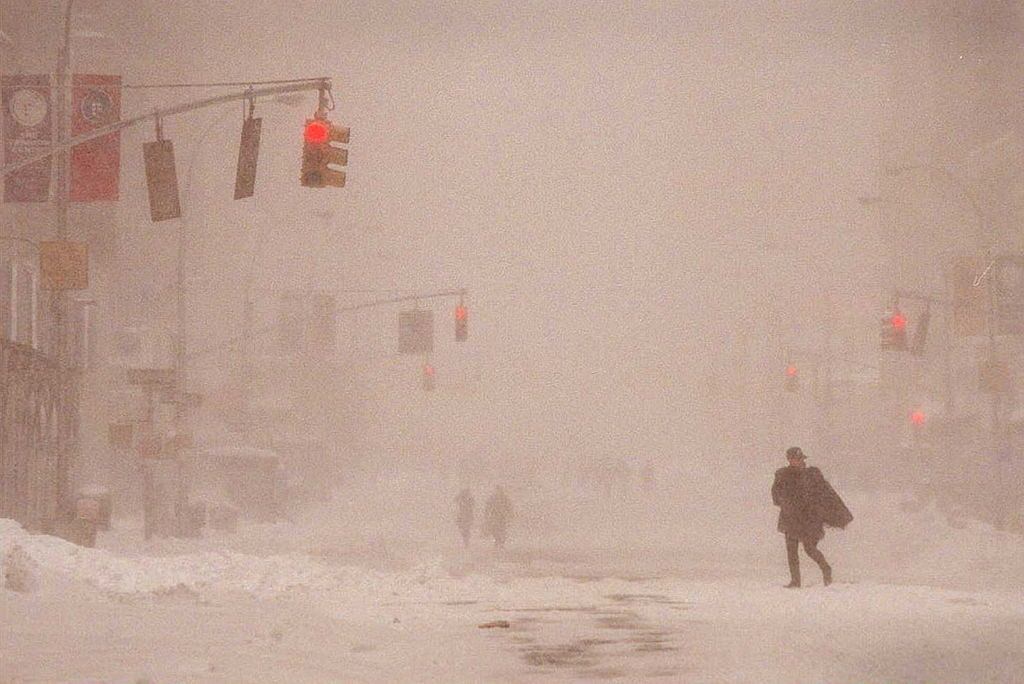
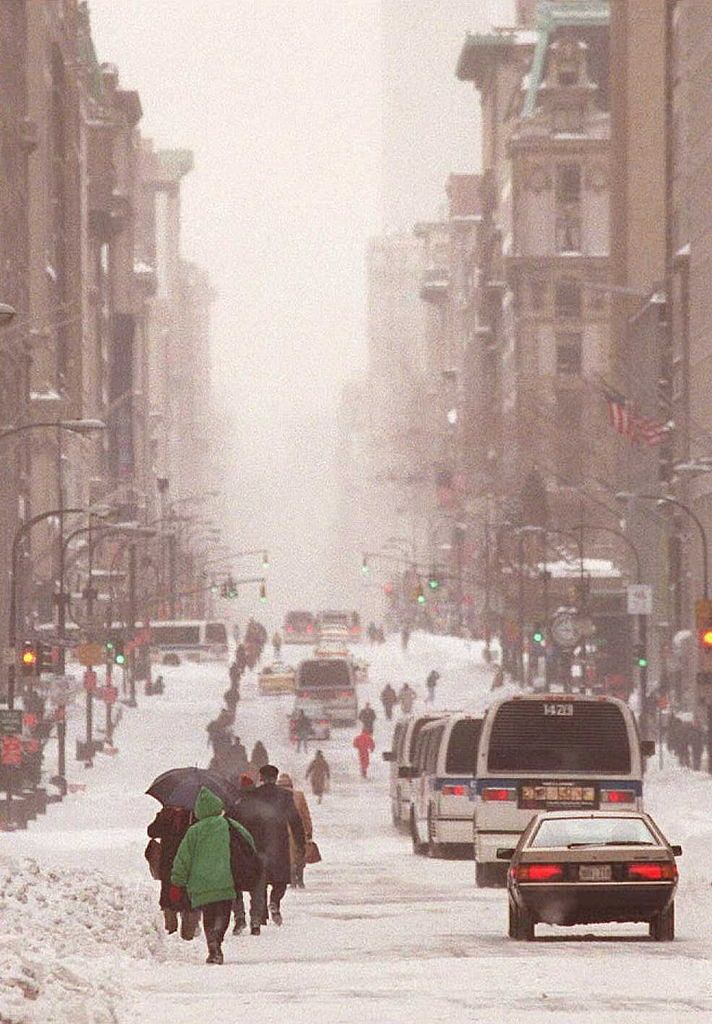

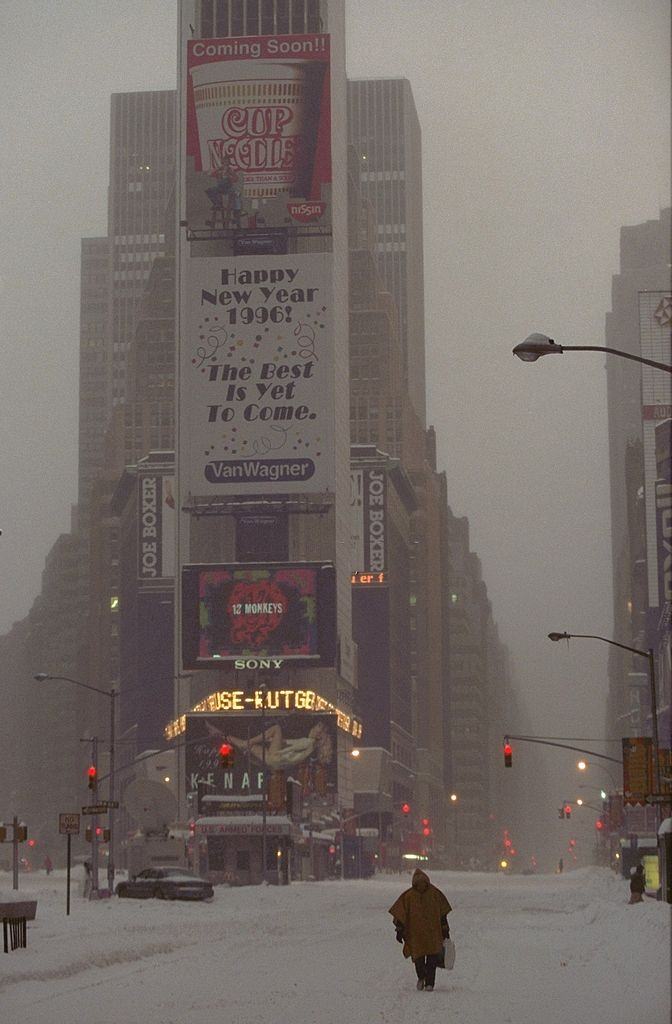
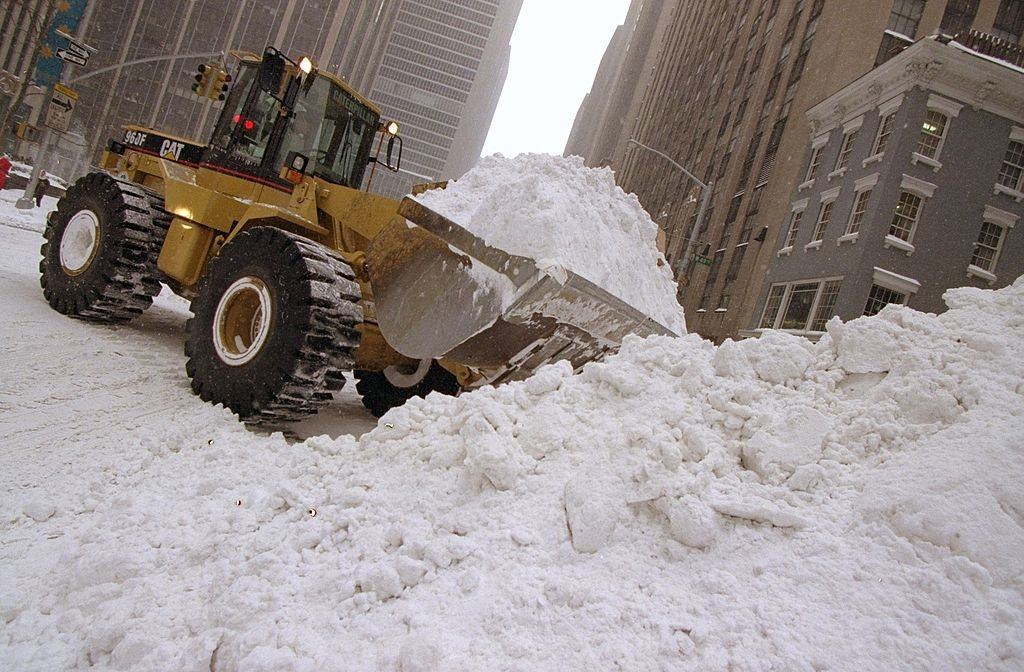
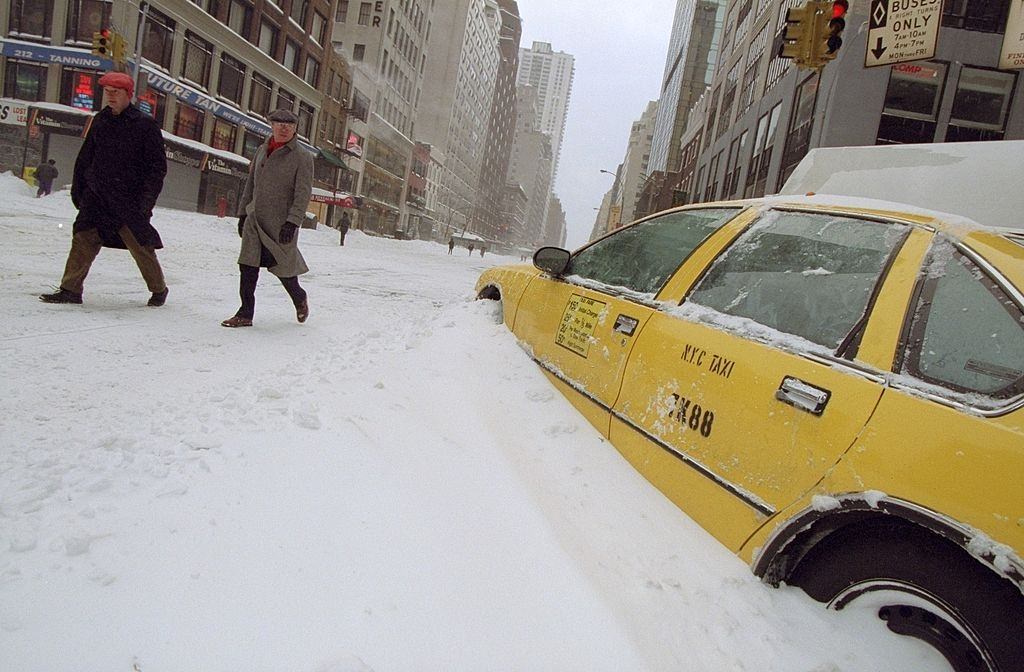
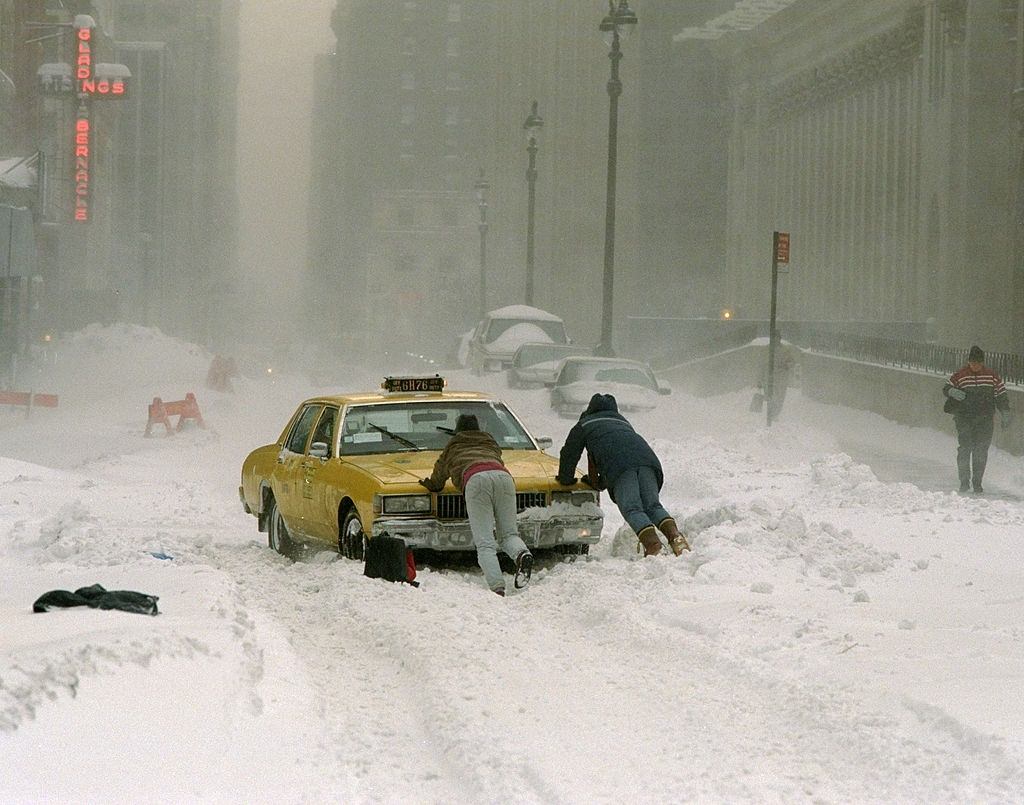
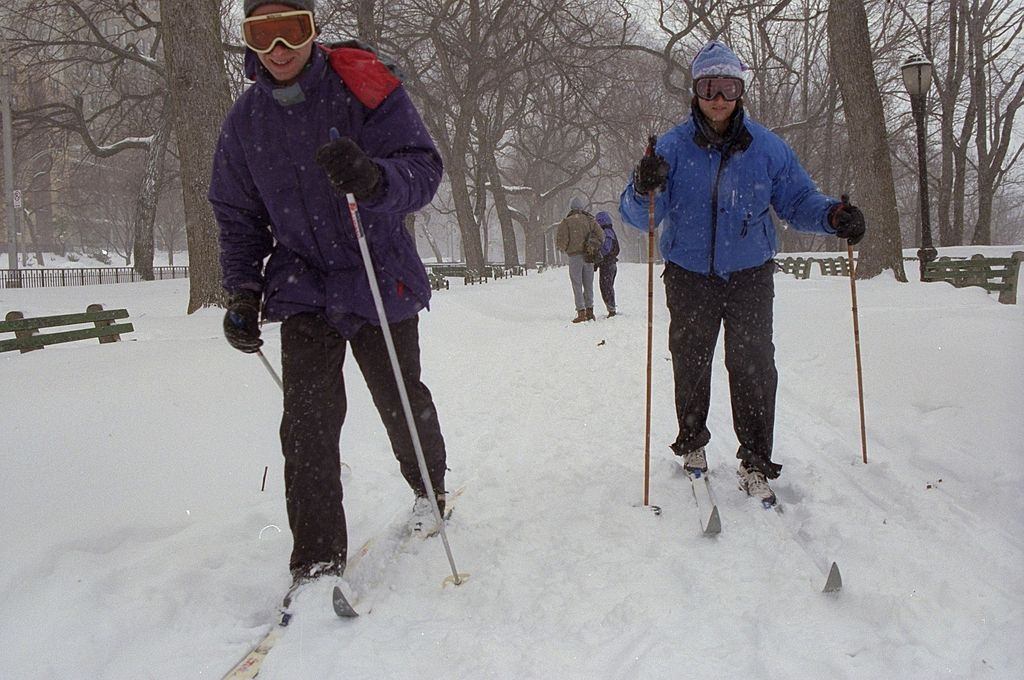
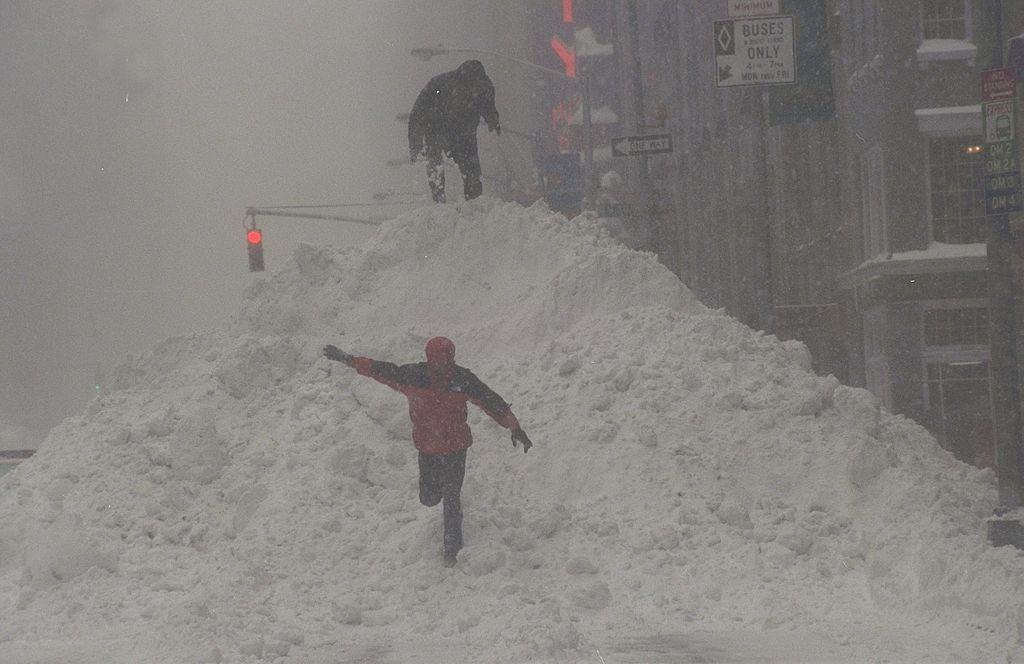
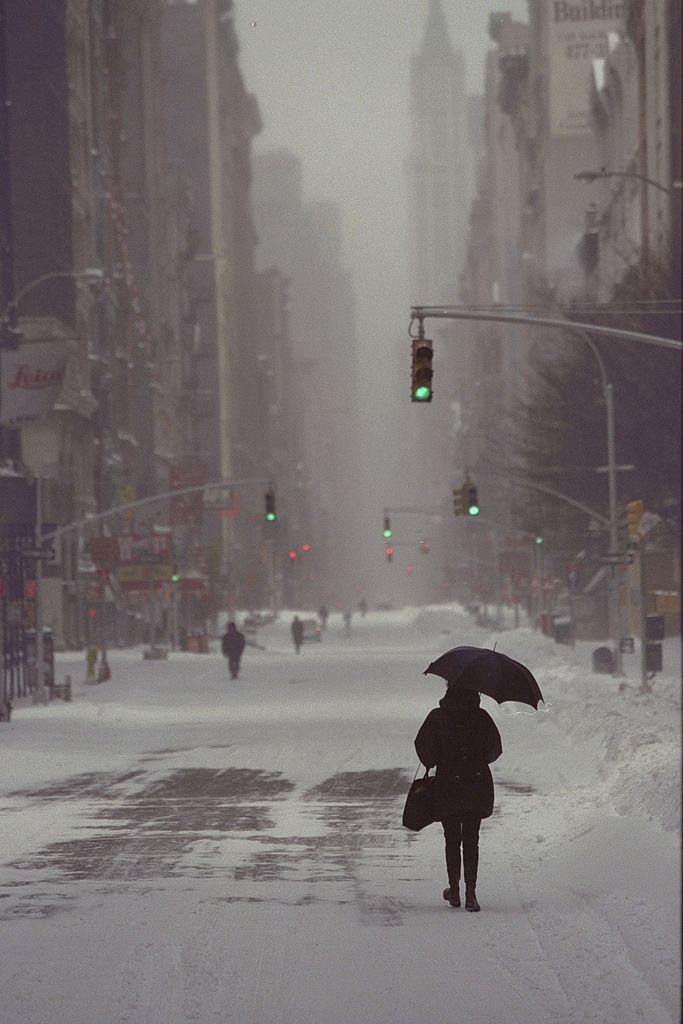
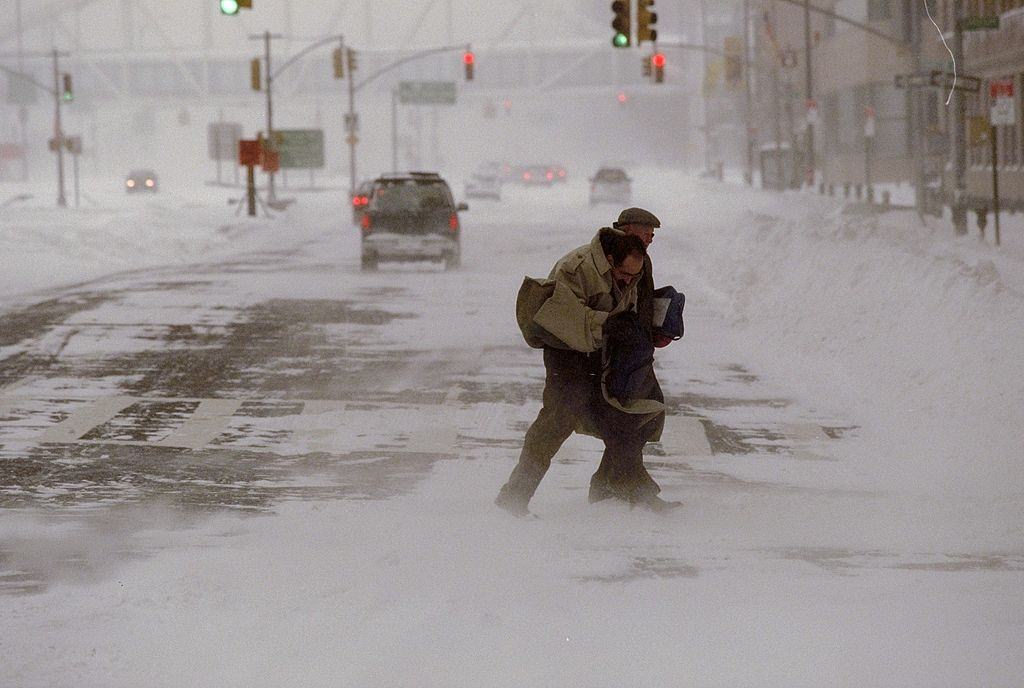
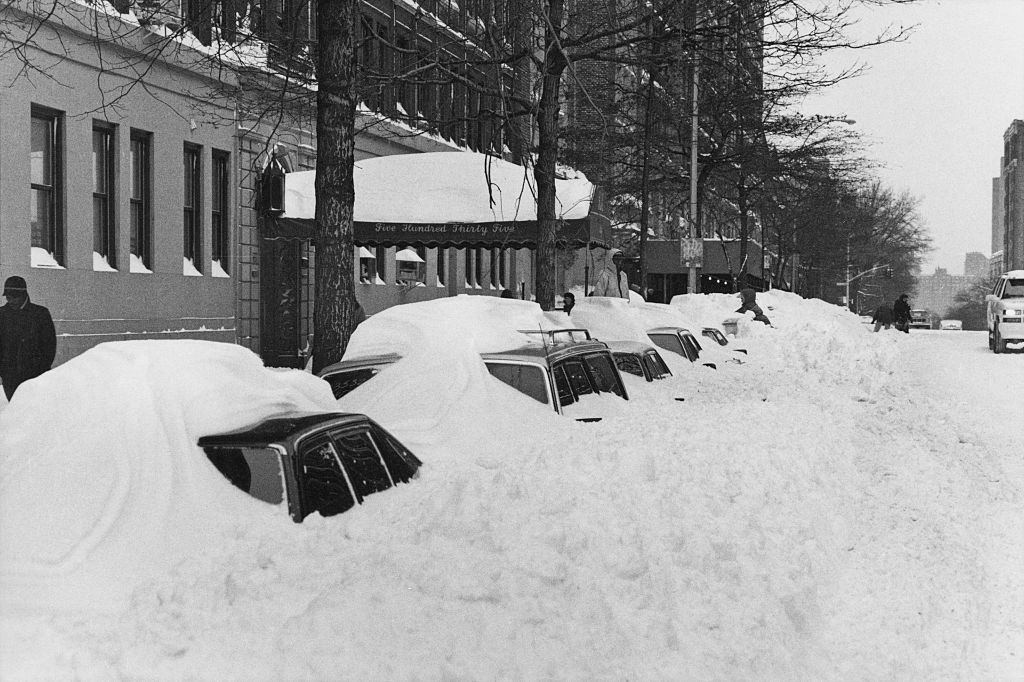
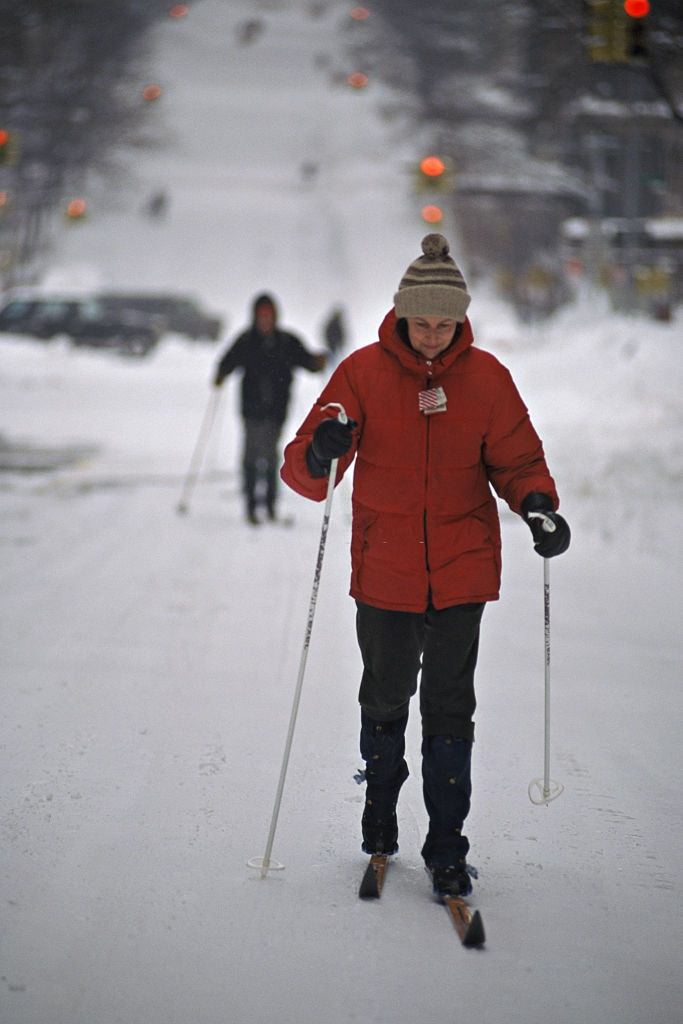
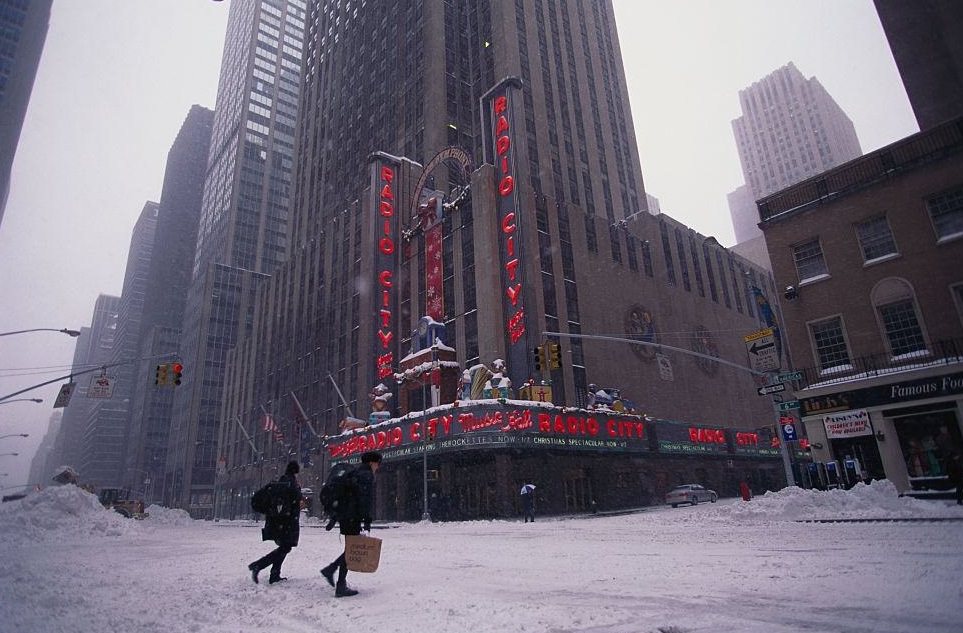
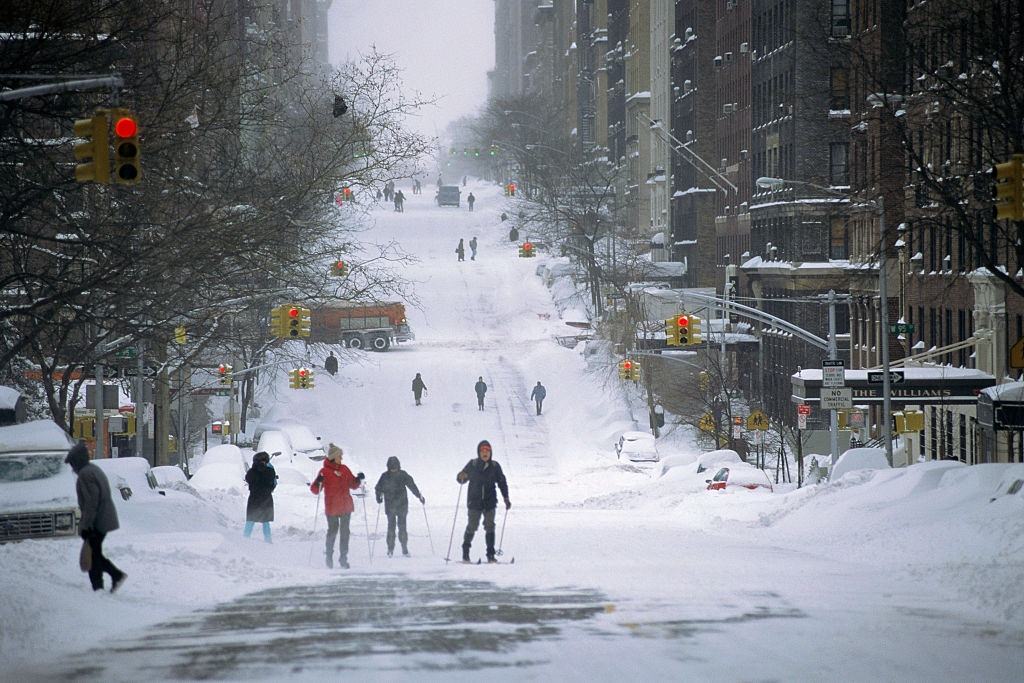
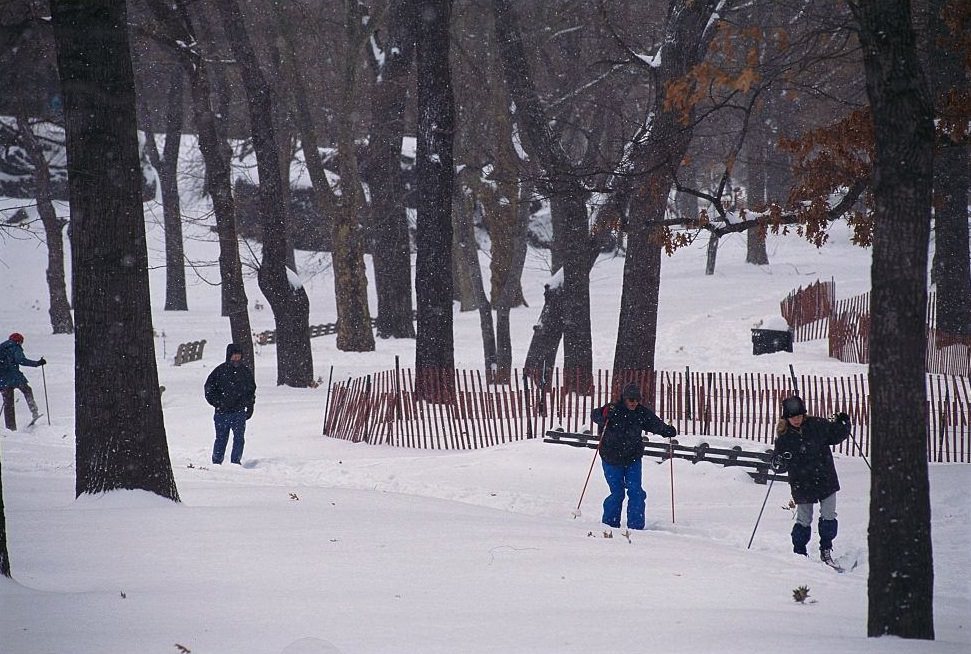
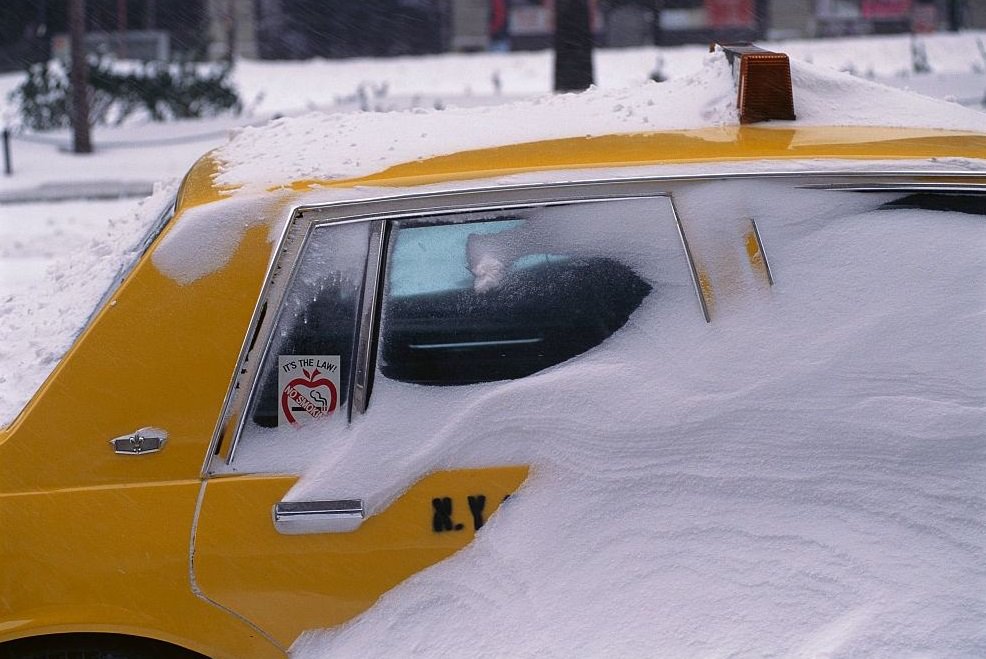
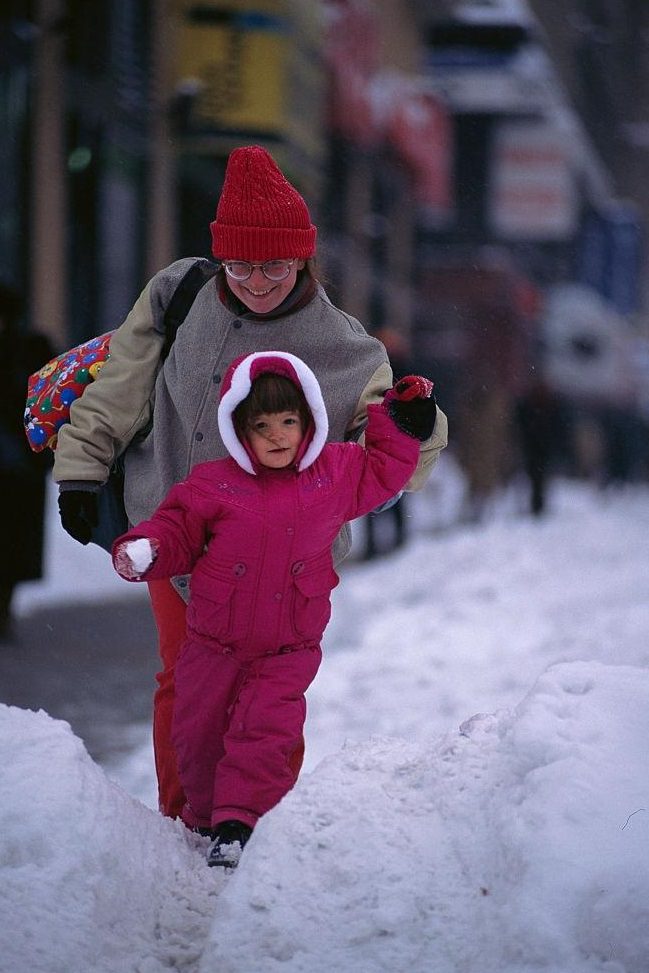
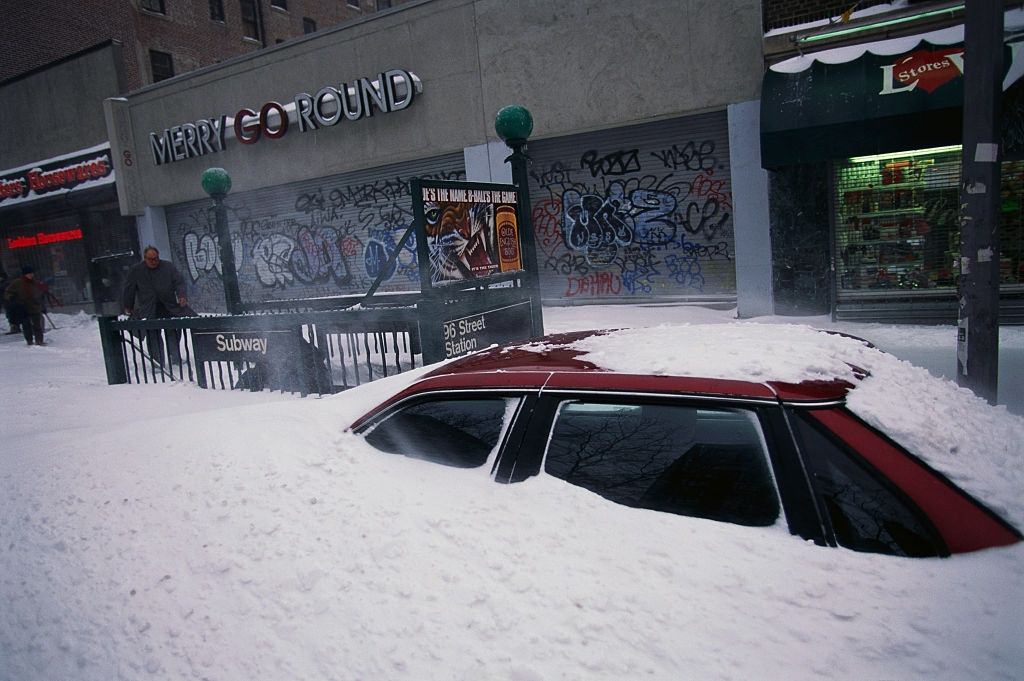
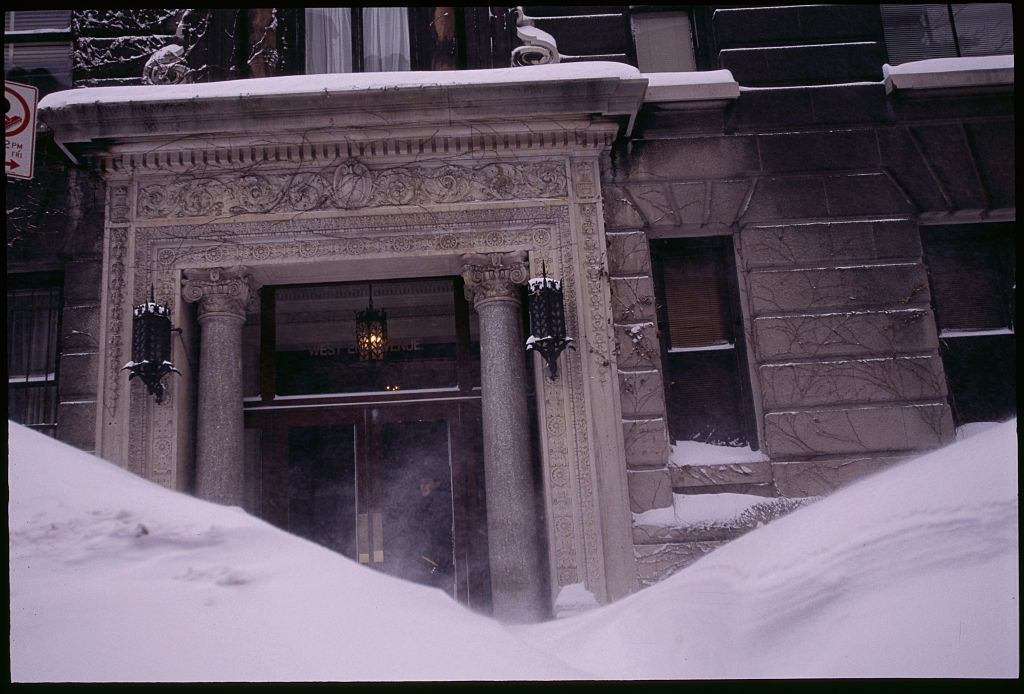
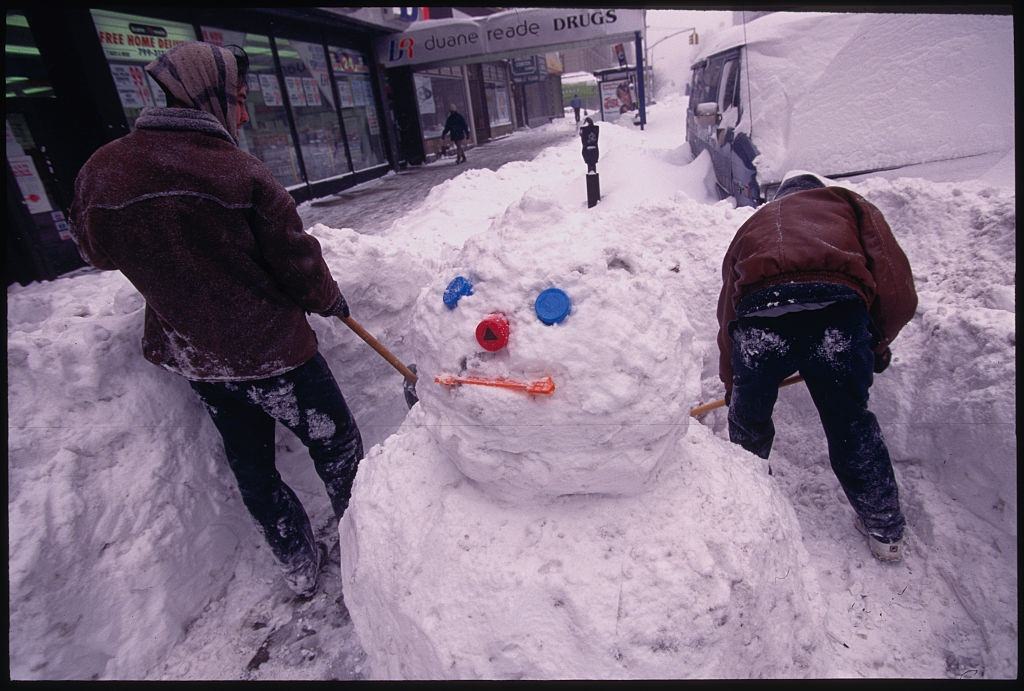
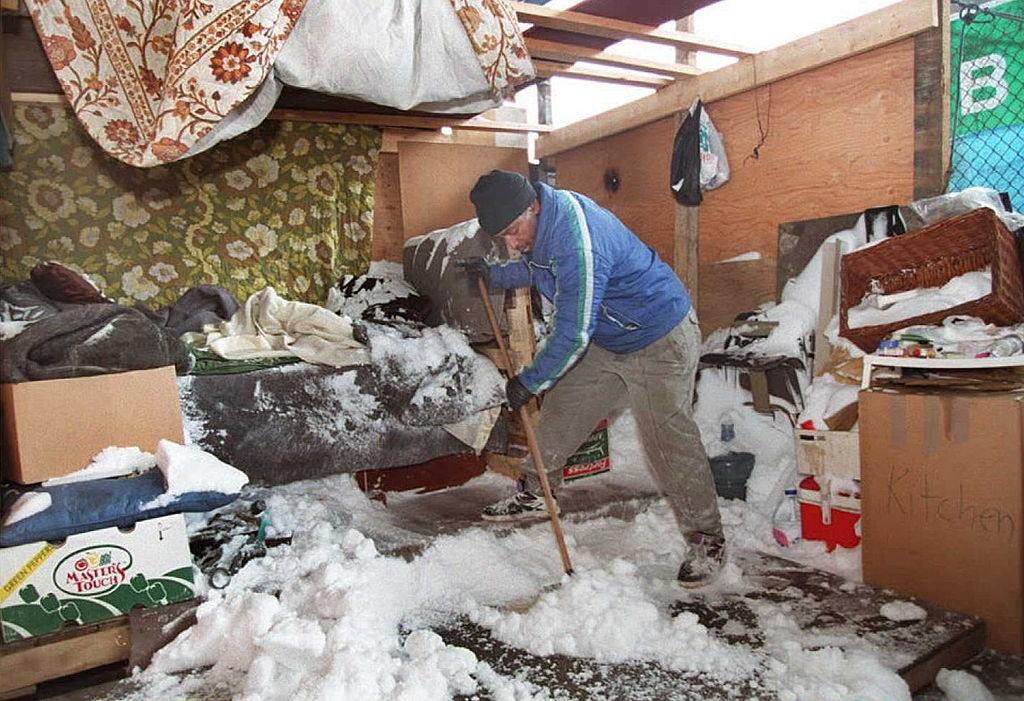
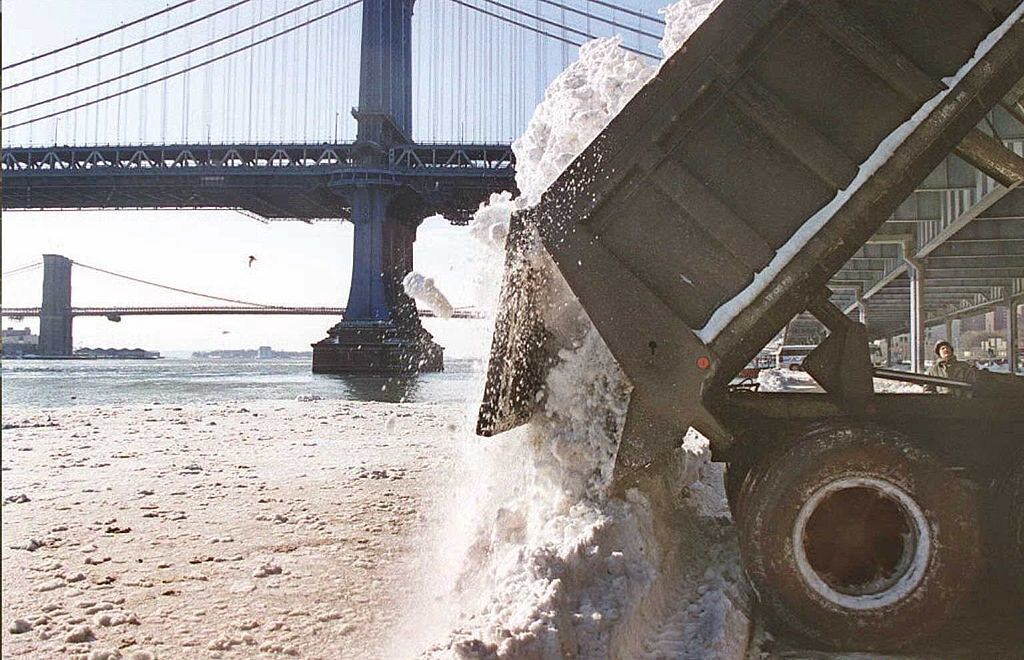
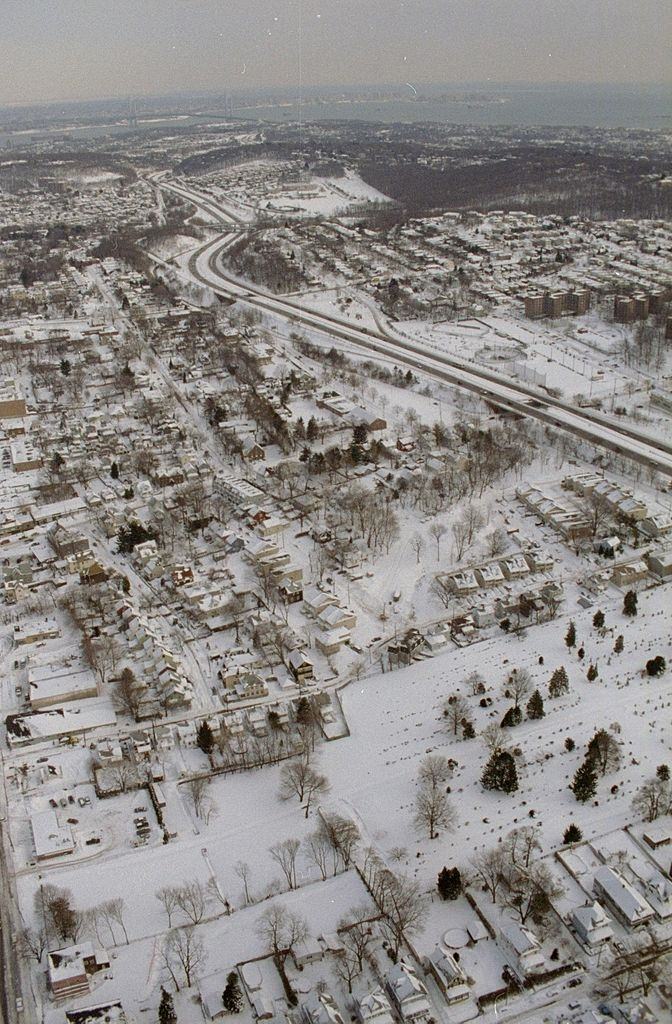
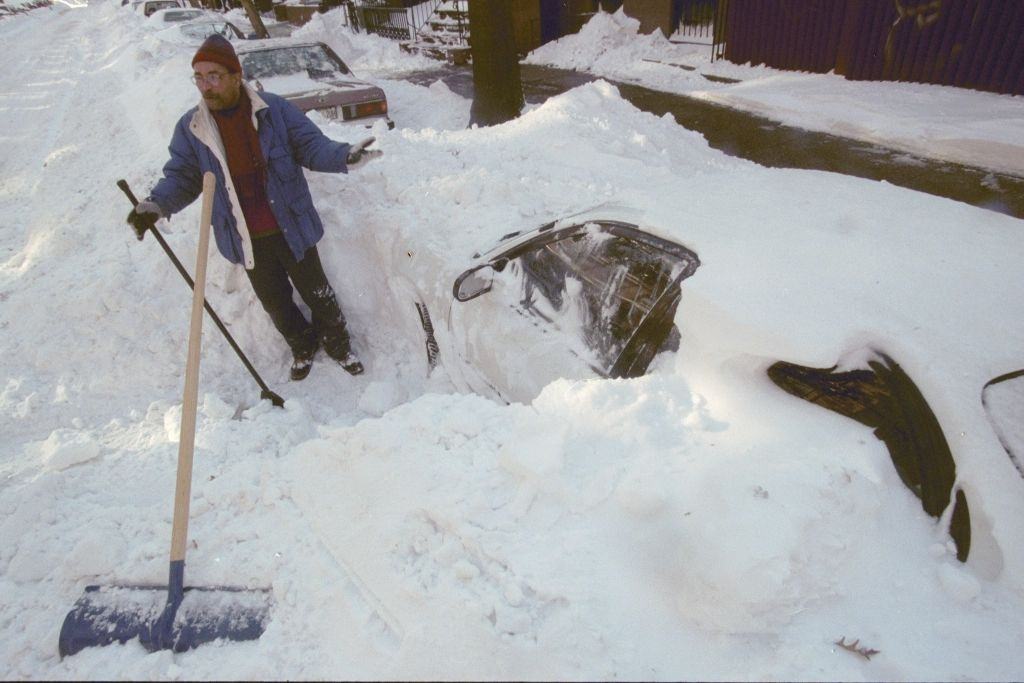
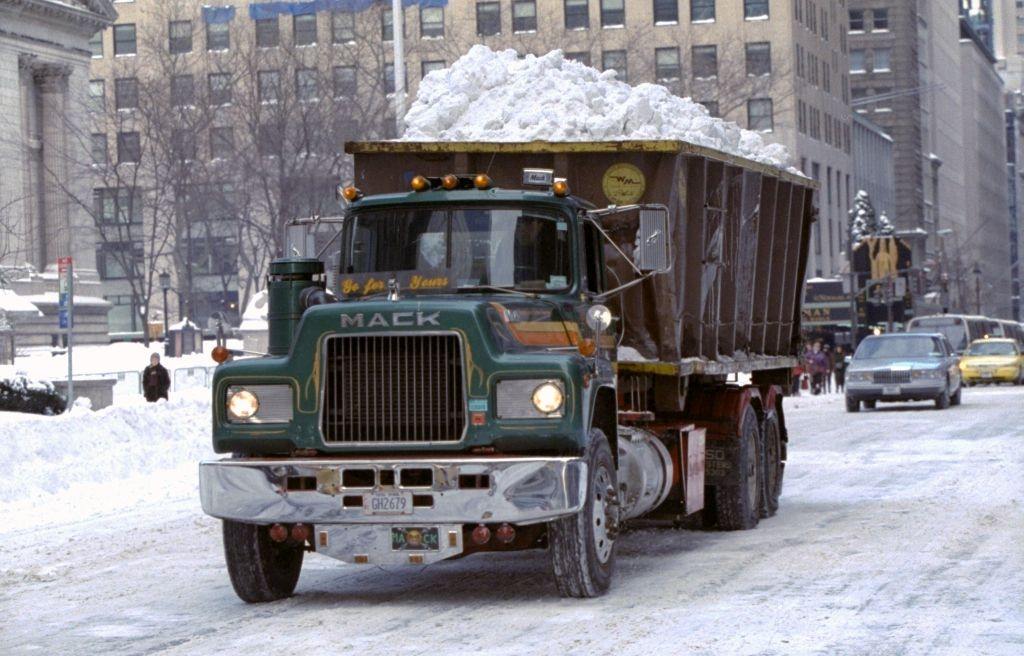

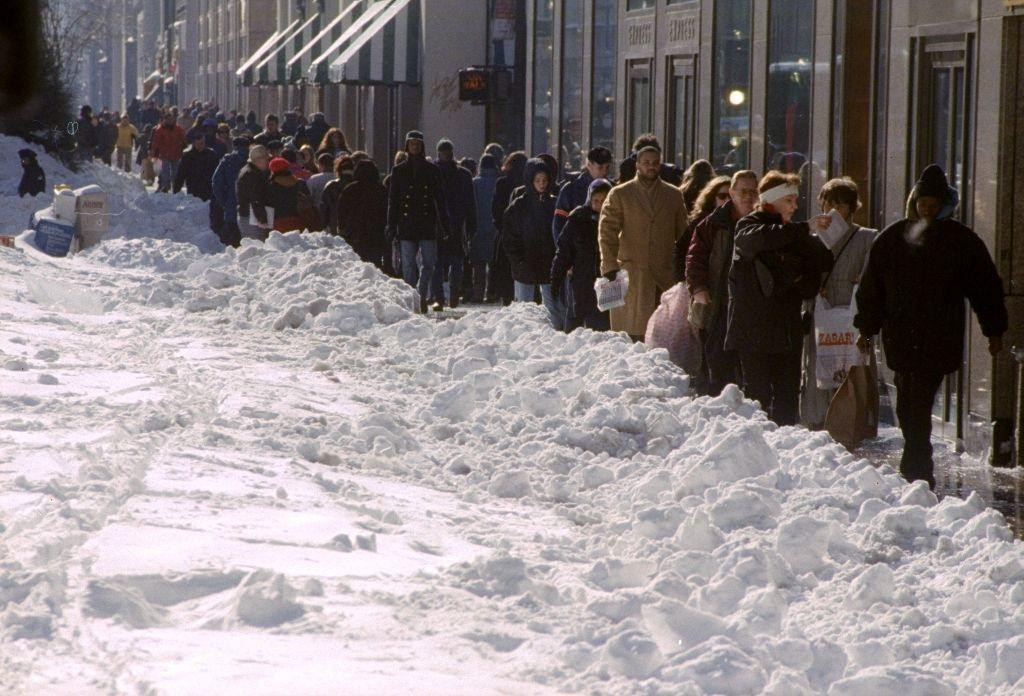
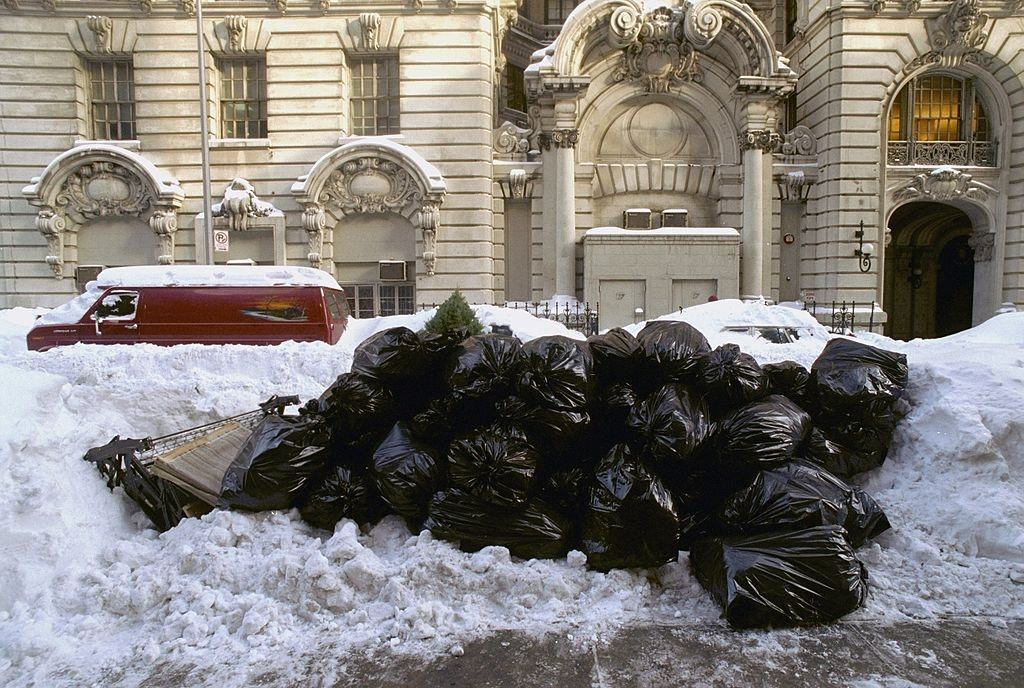
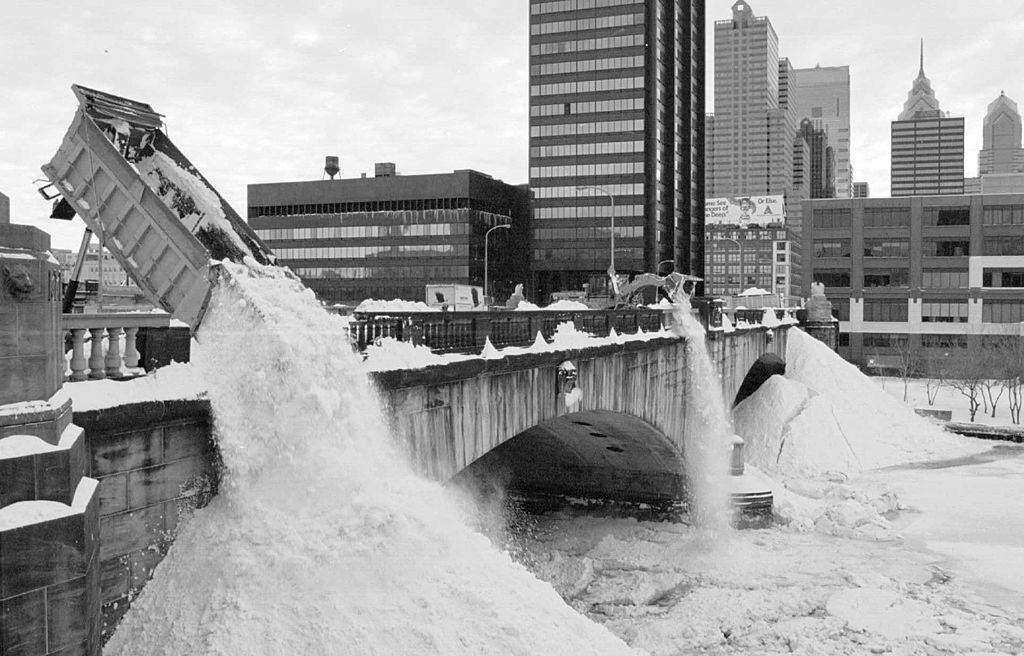

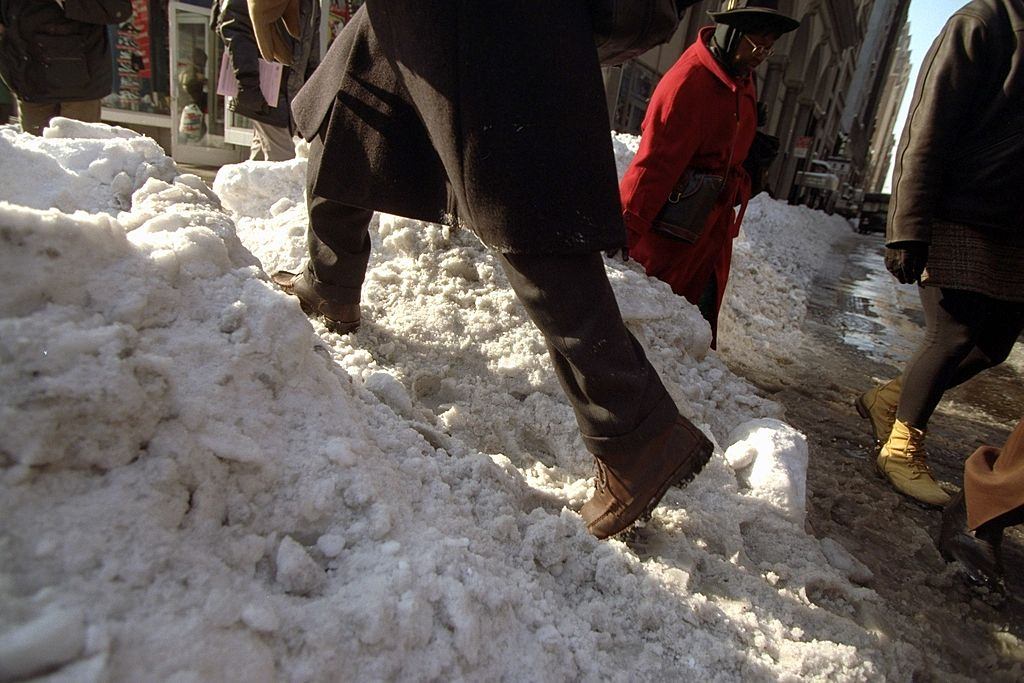
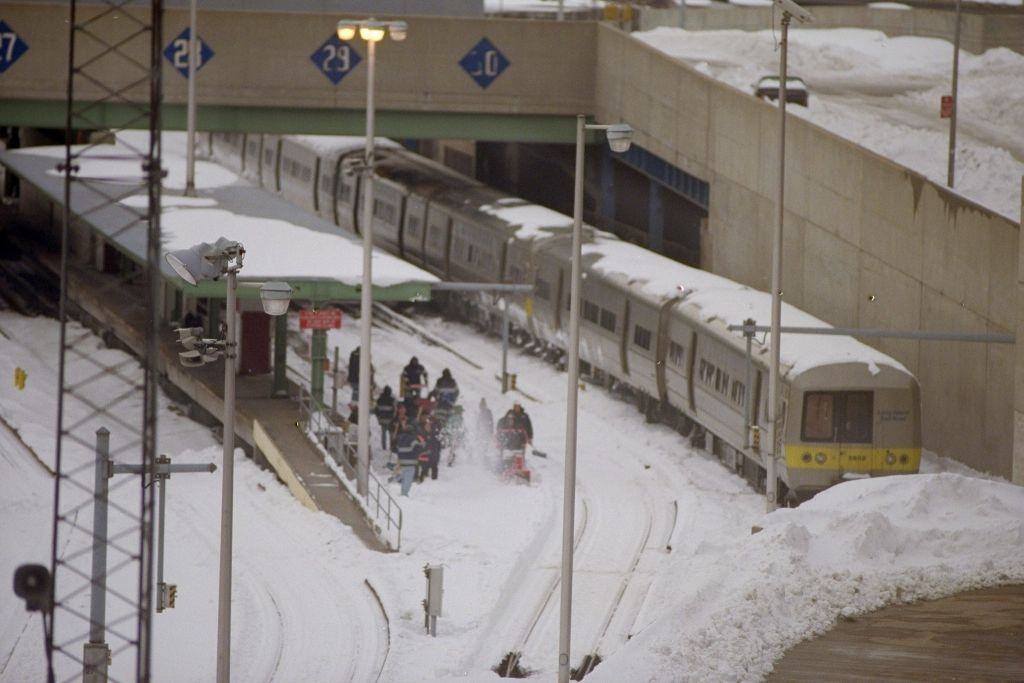
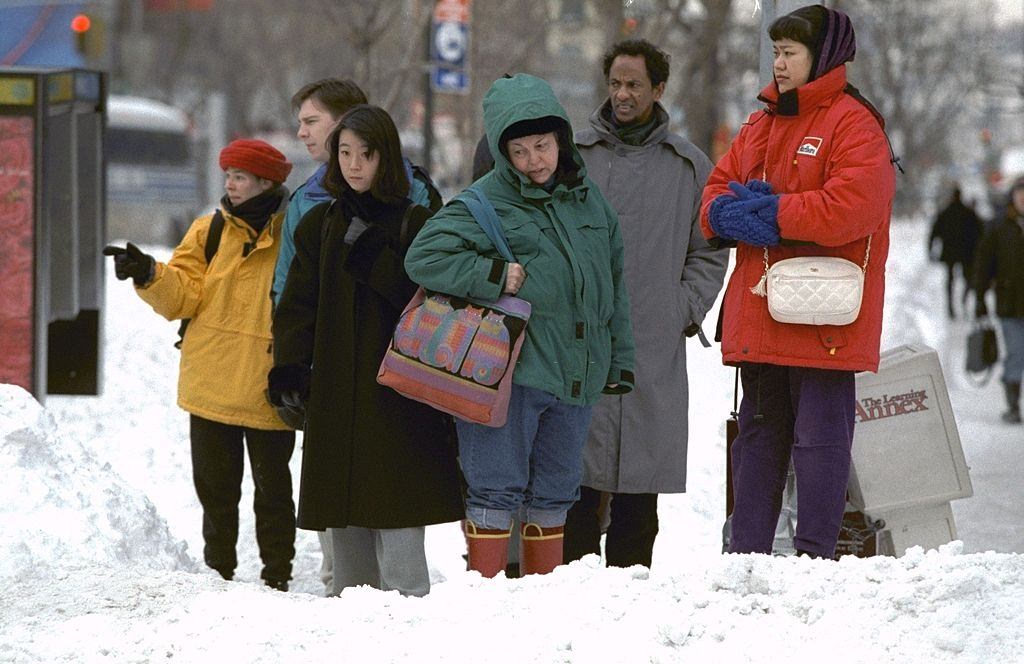
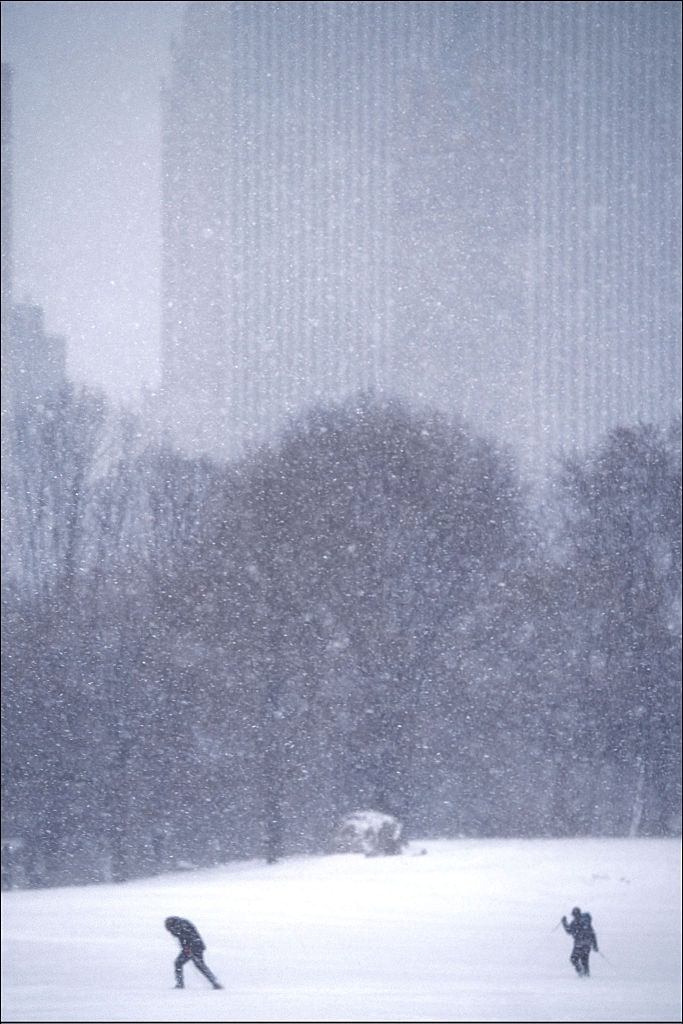
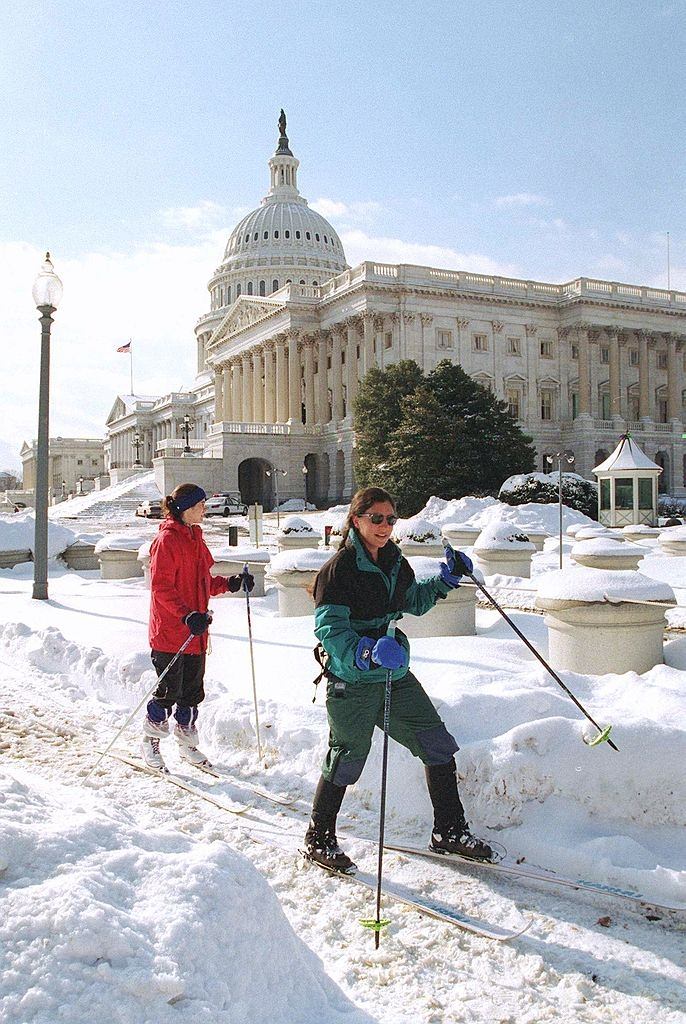
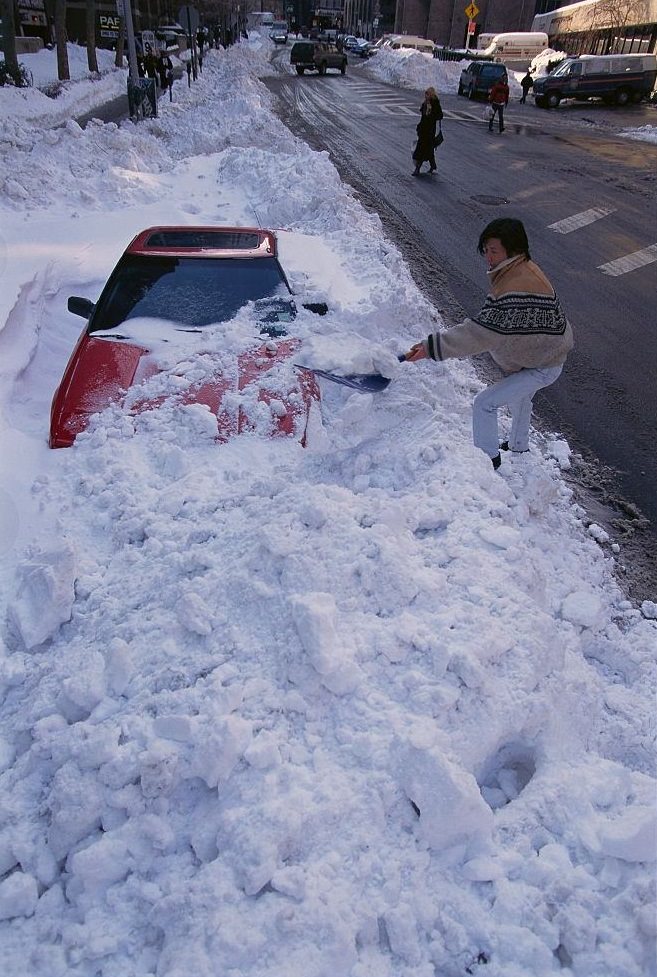
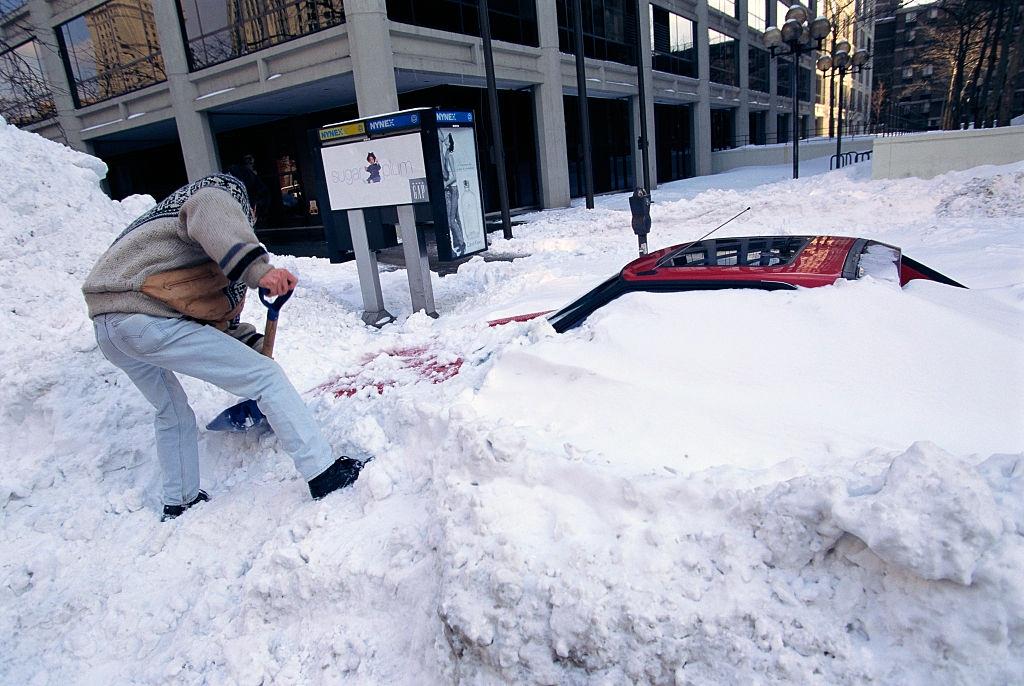
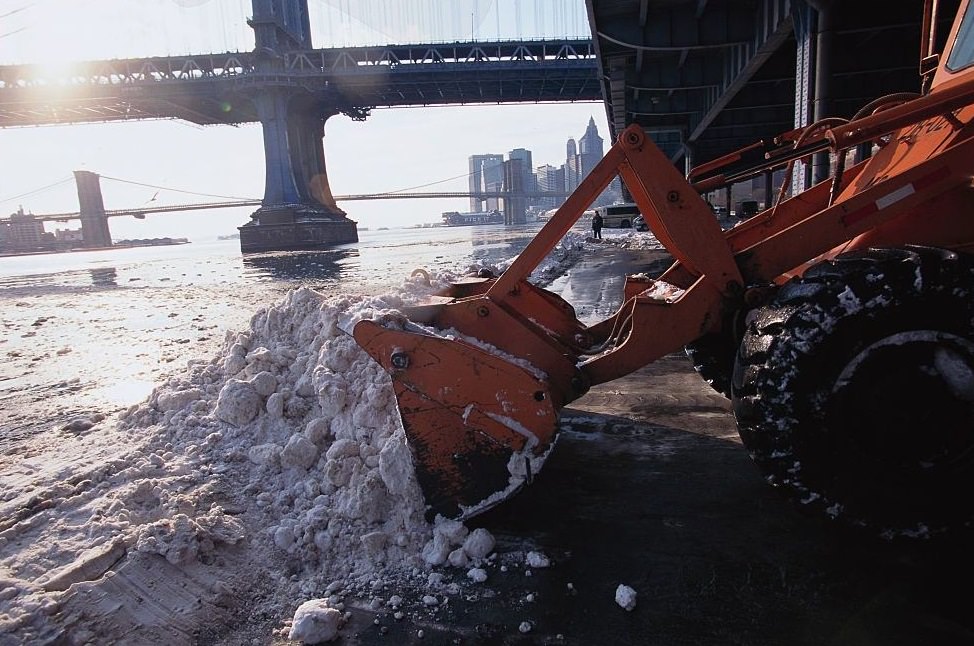

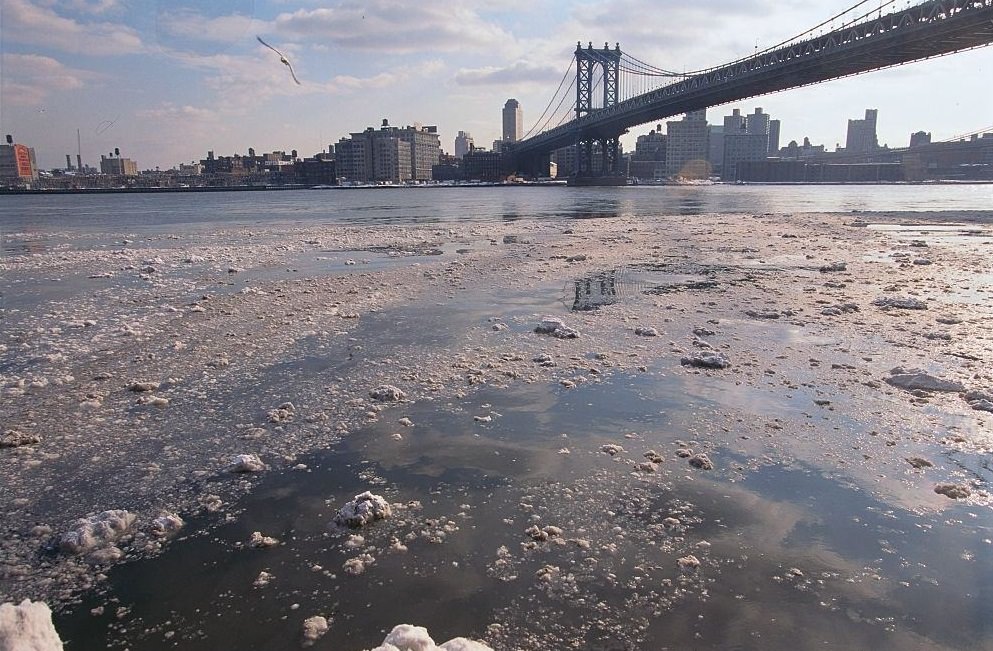
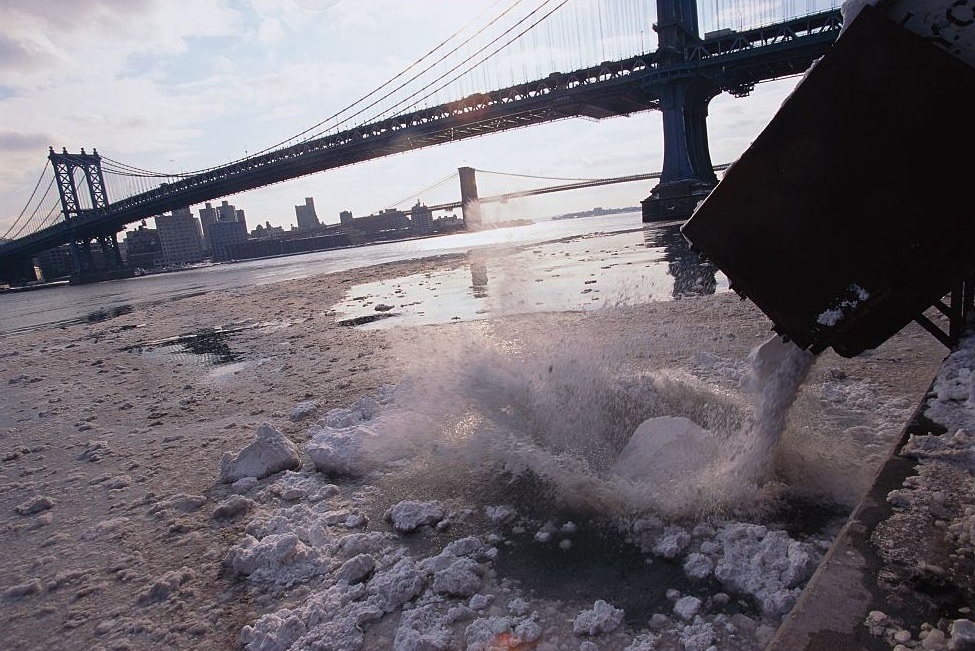
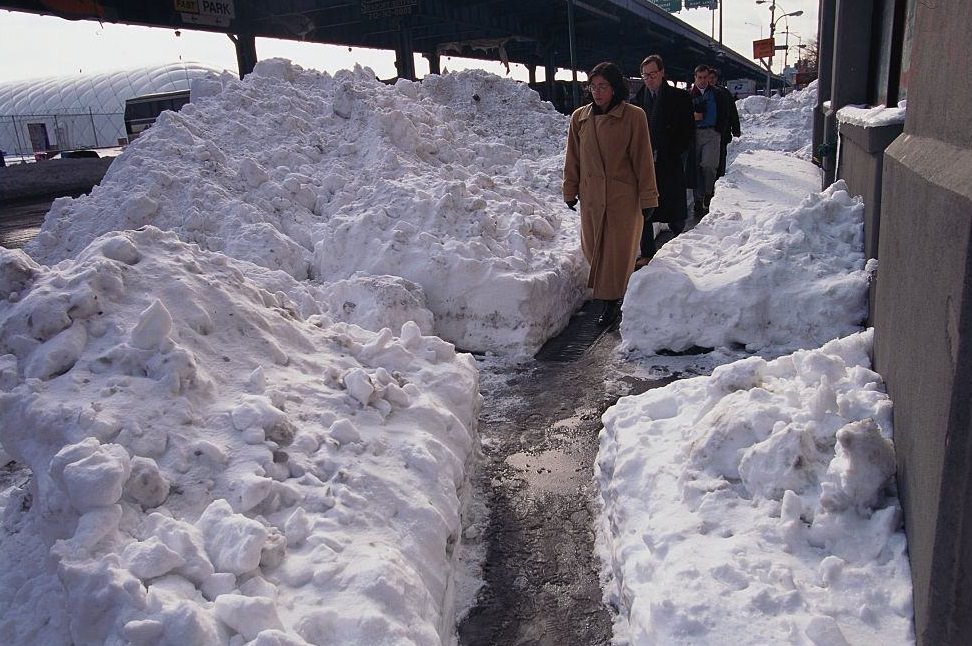
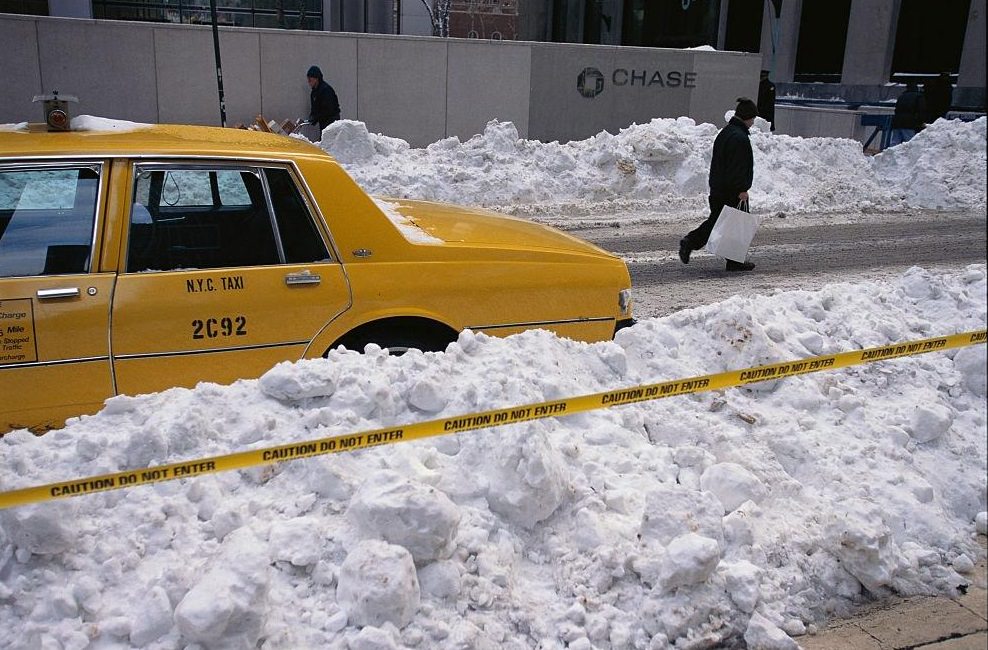
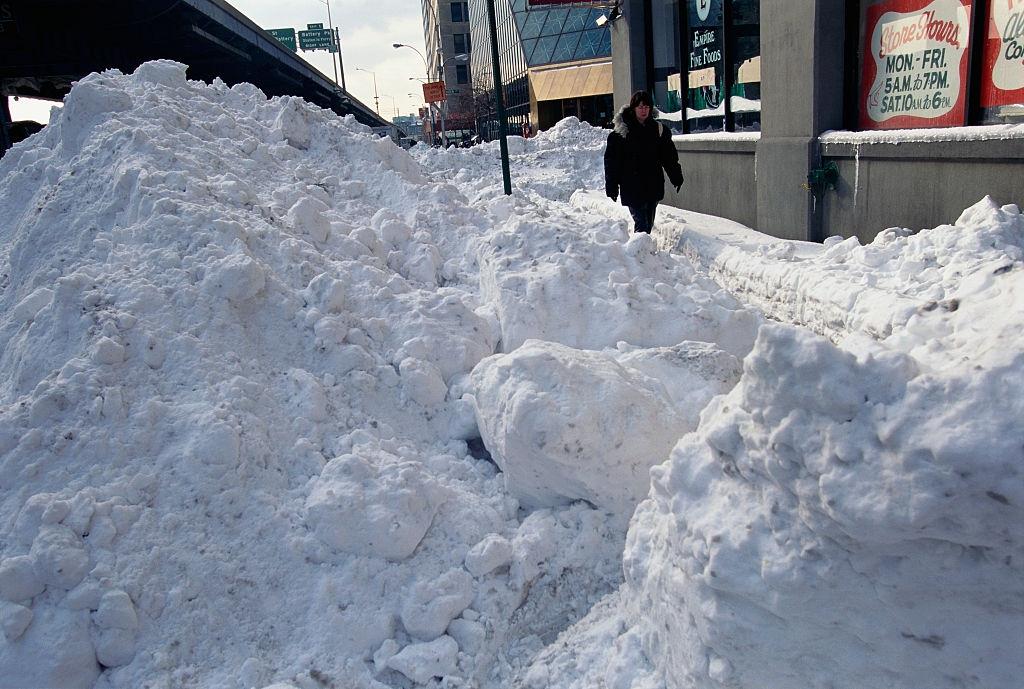


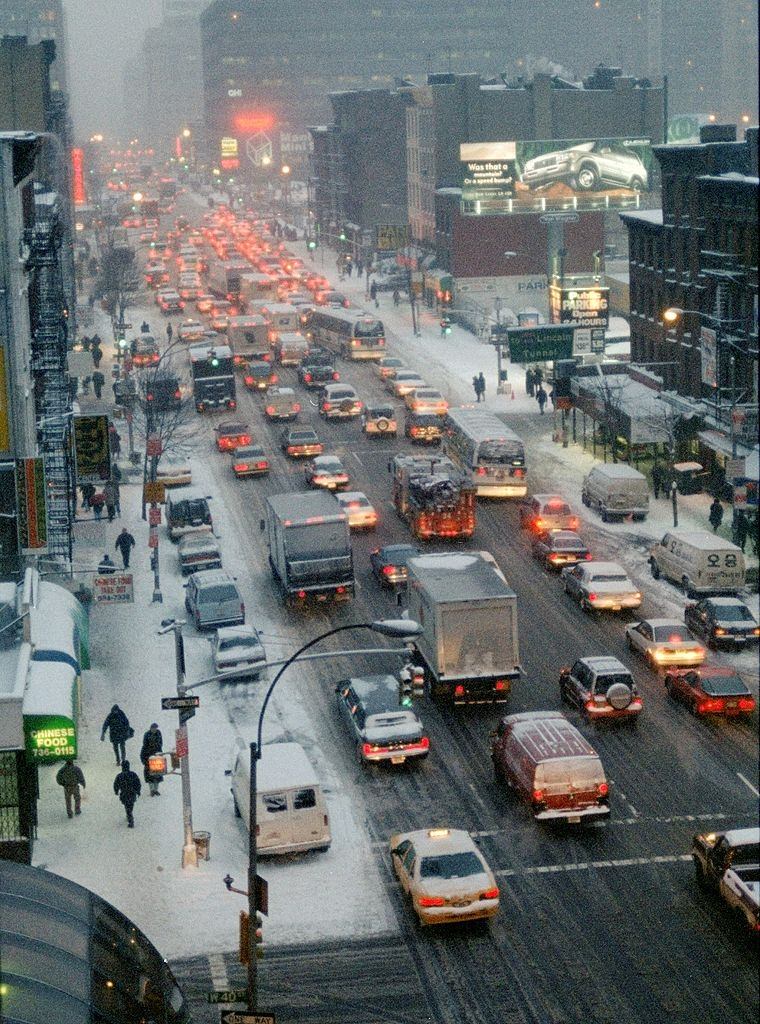

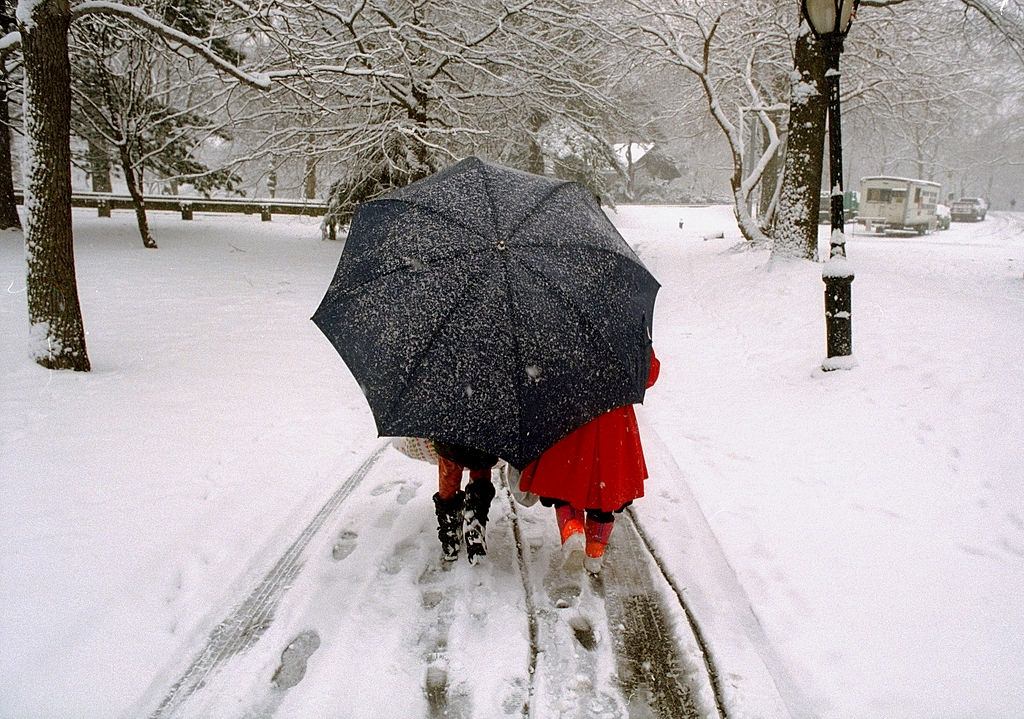
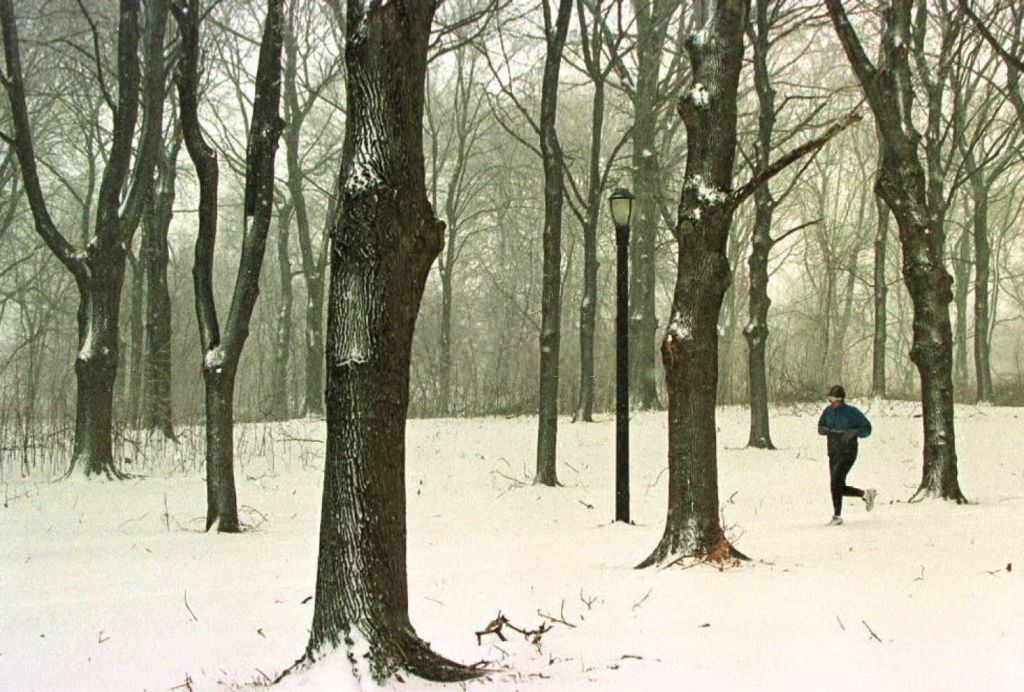
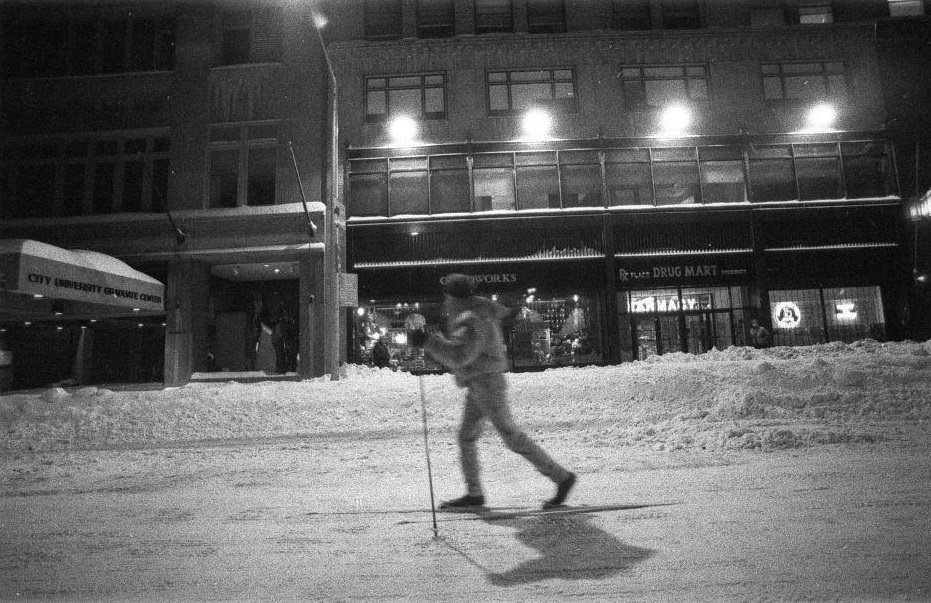
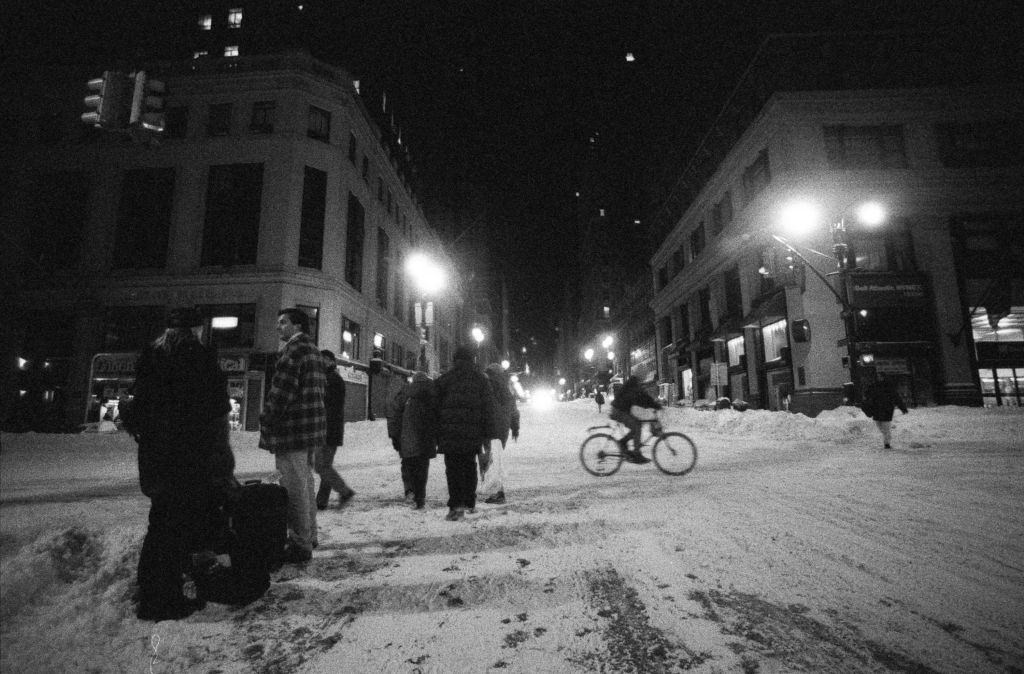

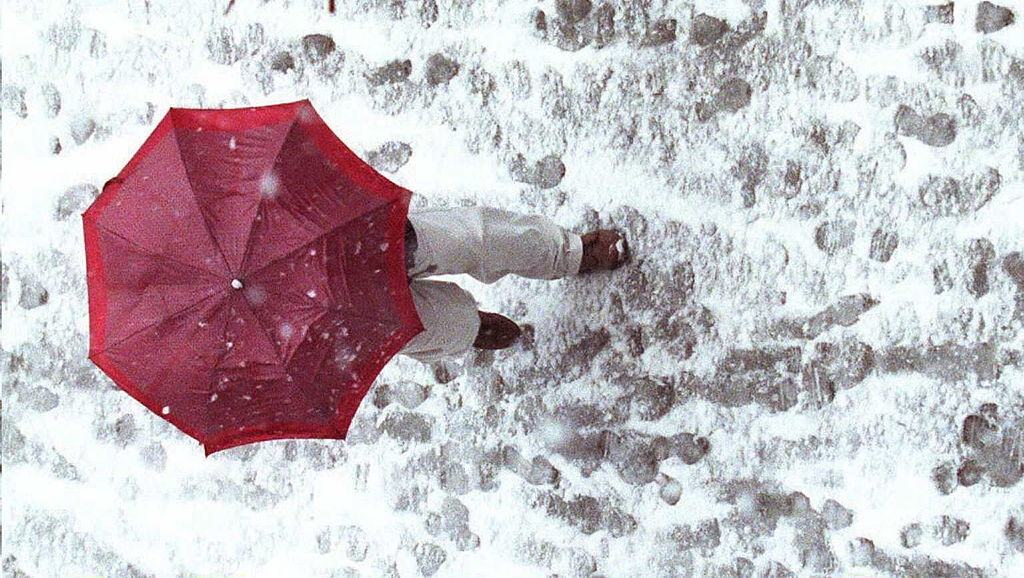
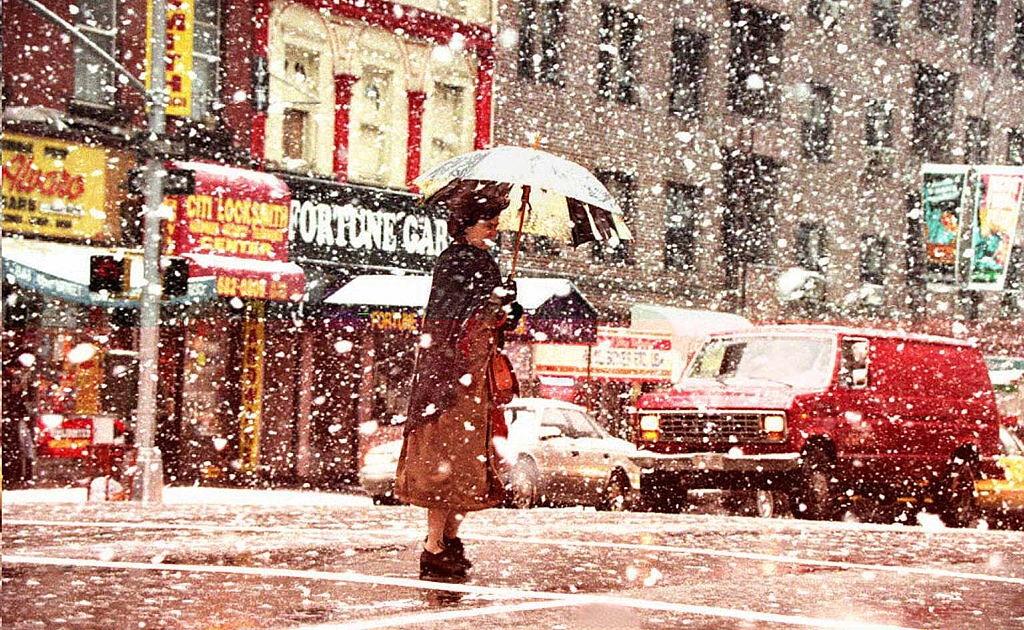

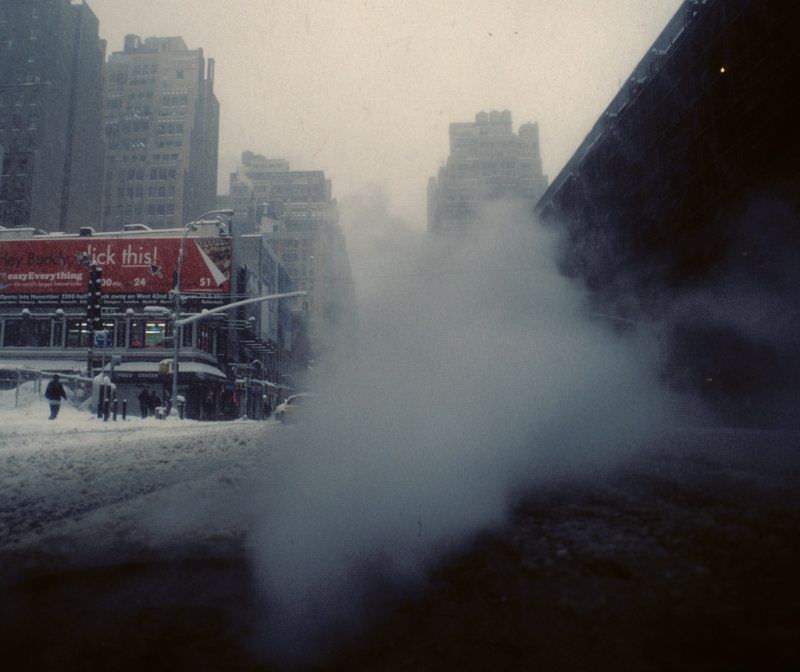

GIPHY App Key not set. Please check settings